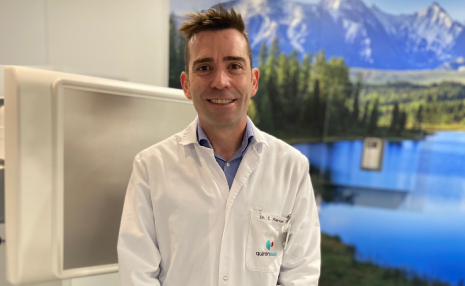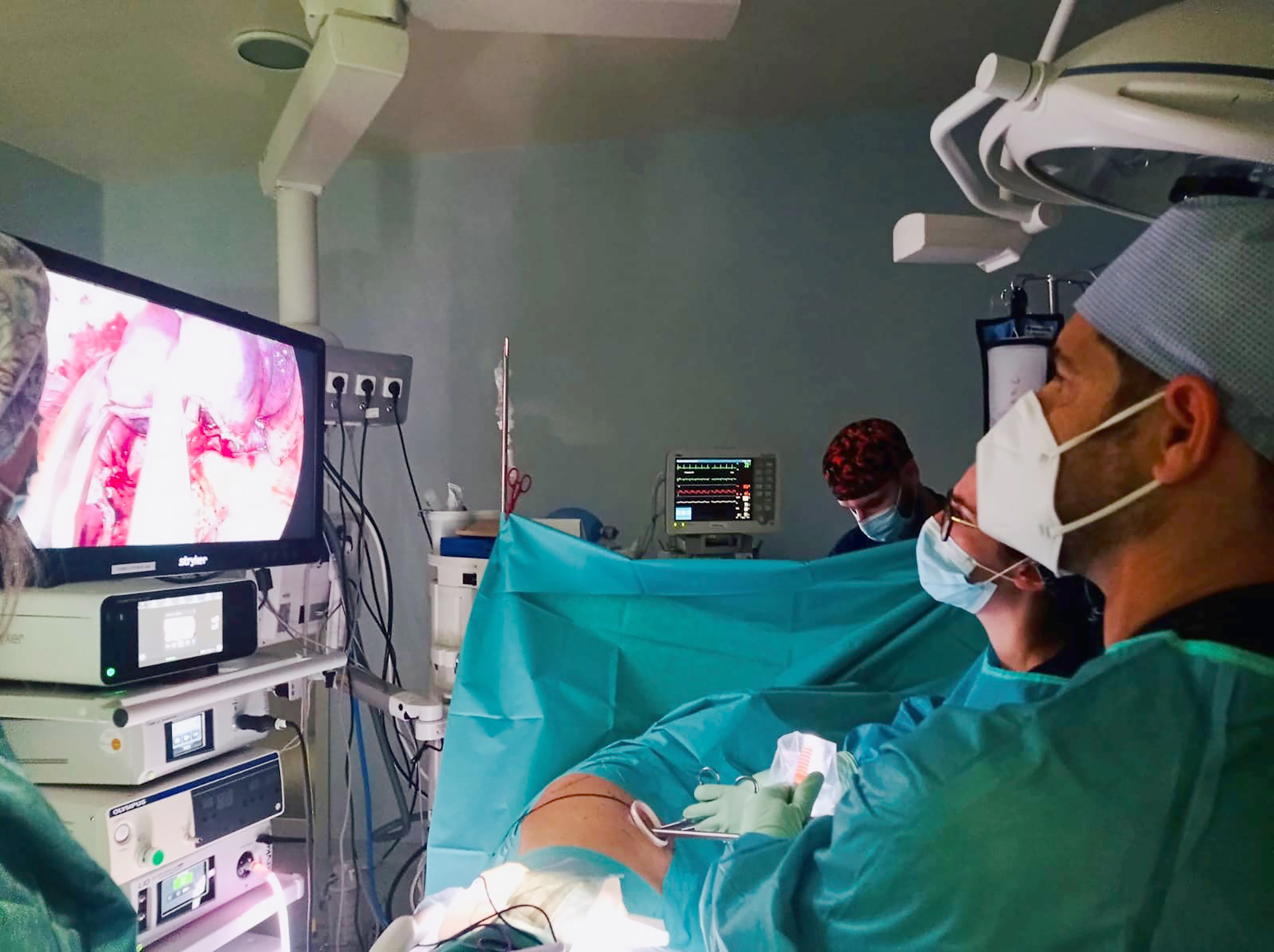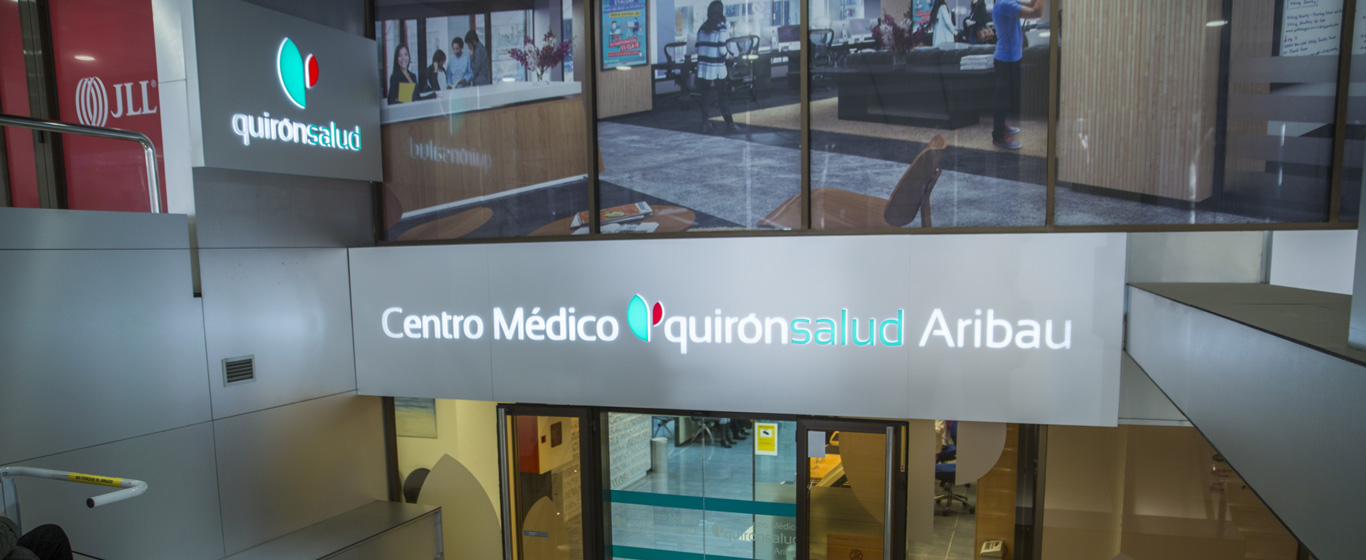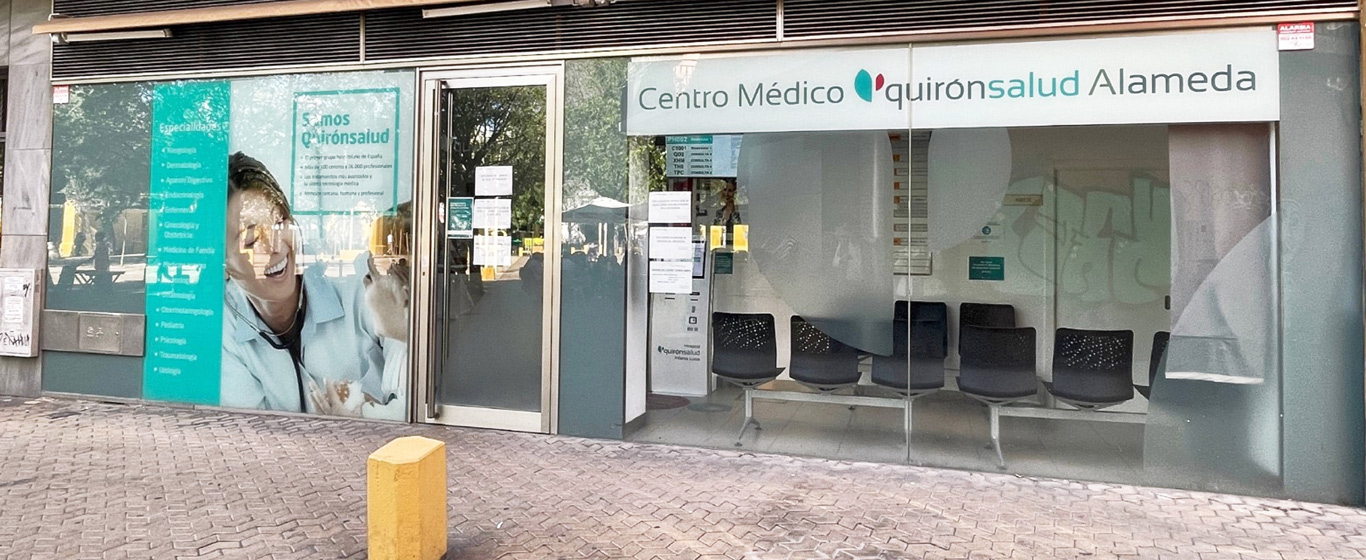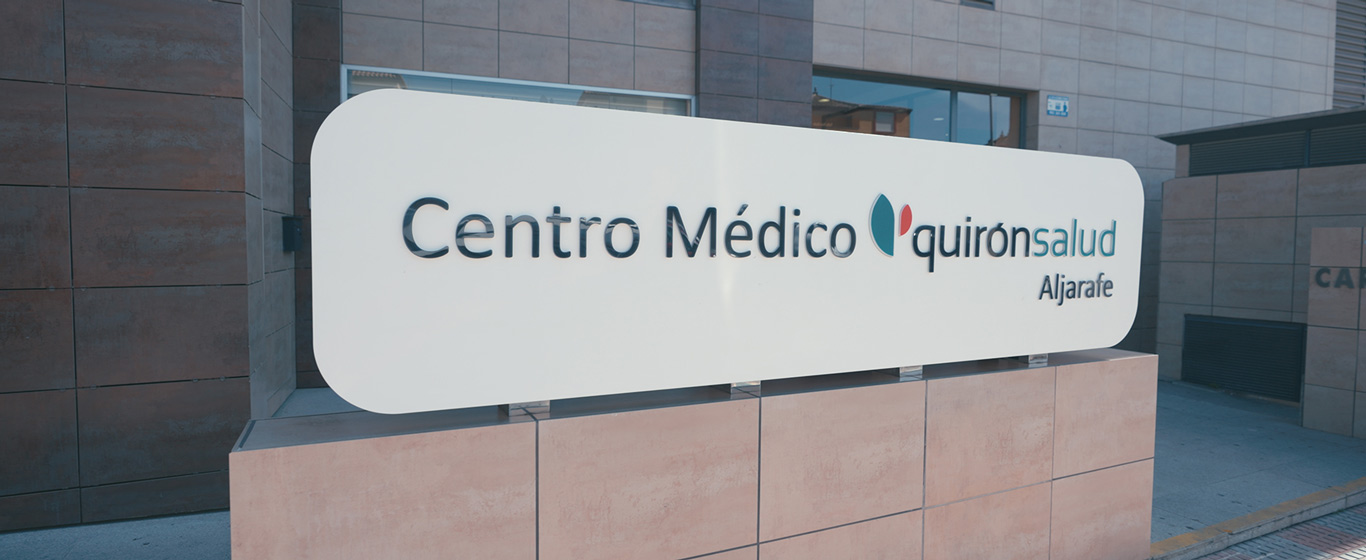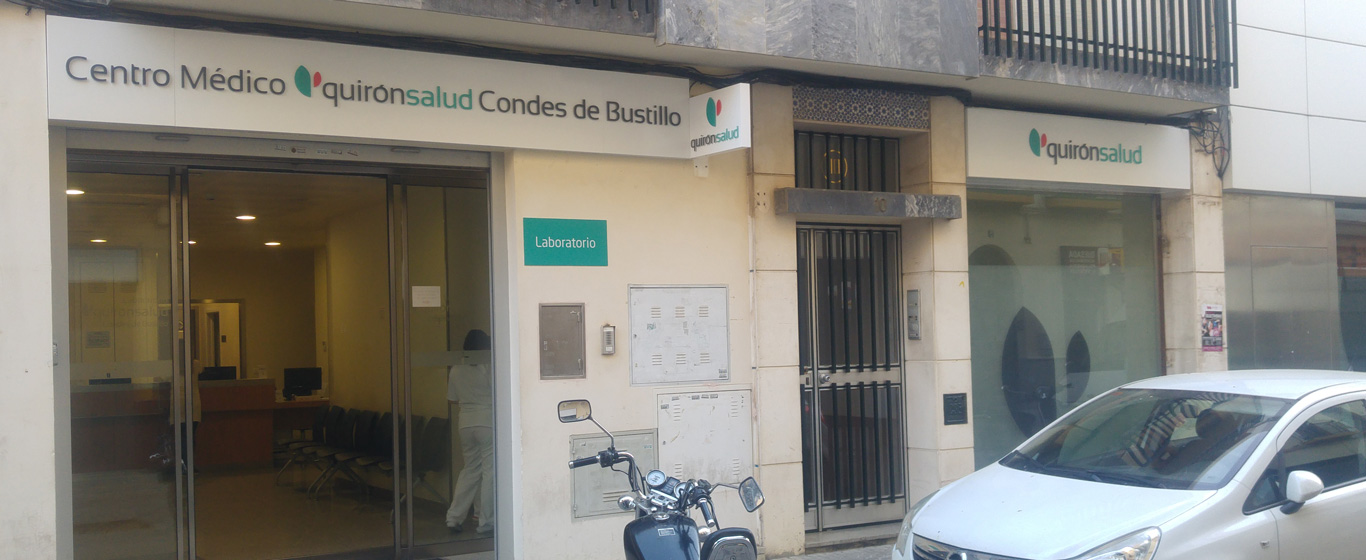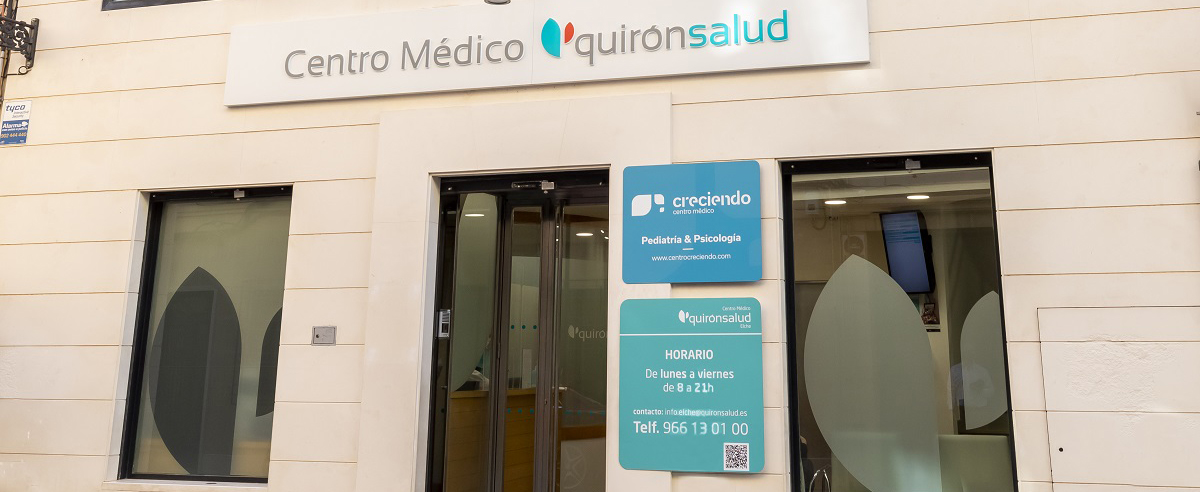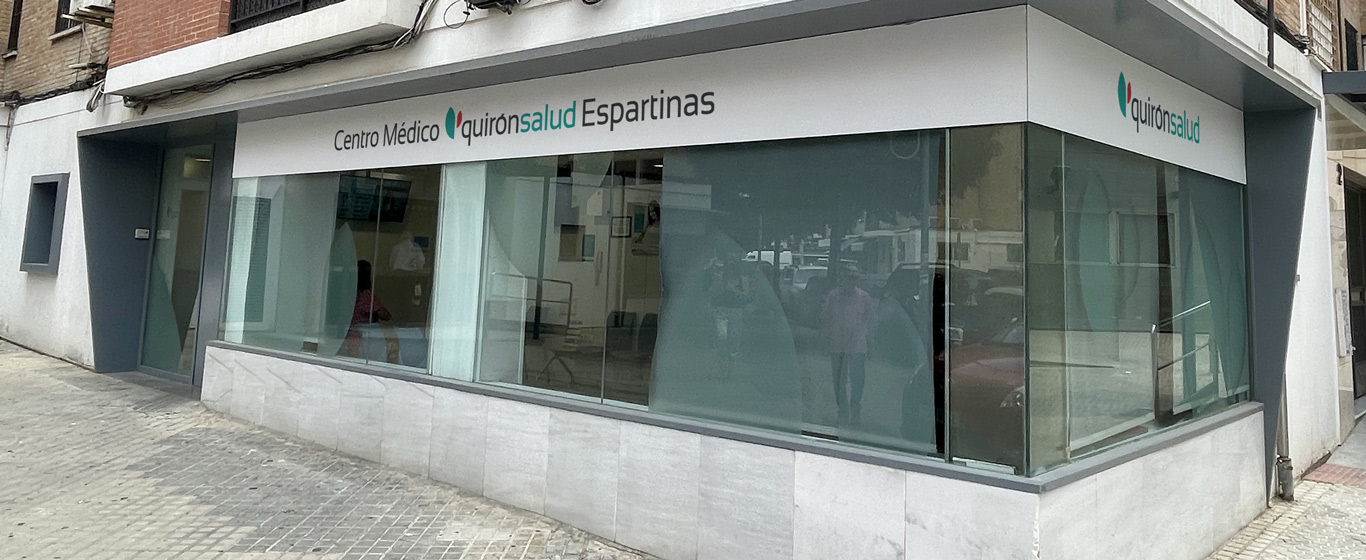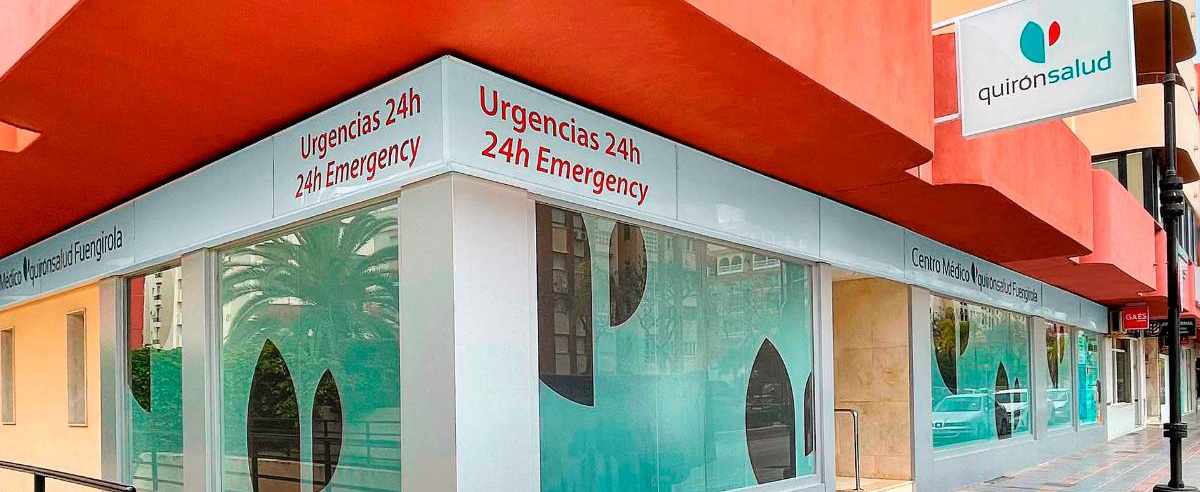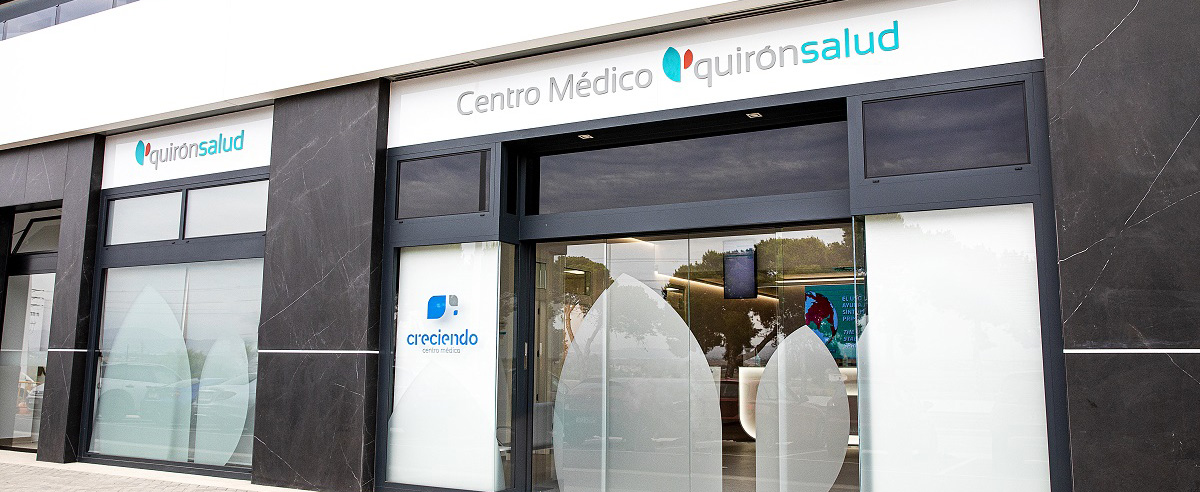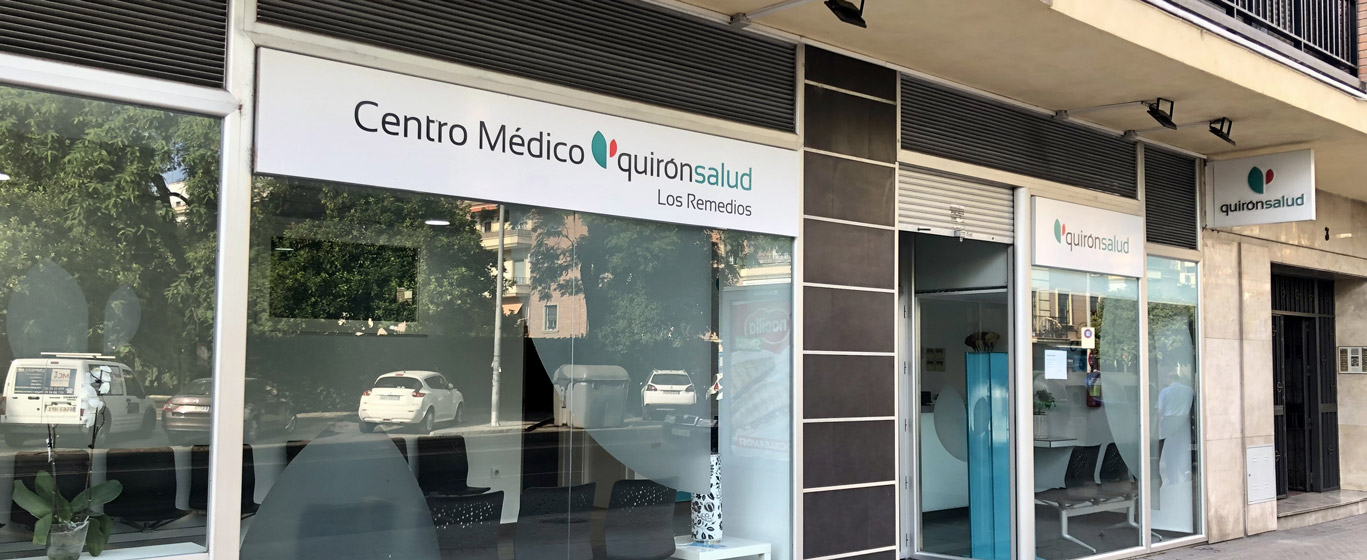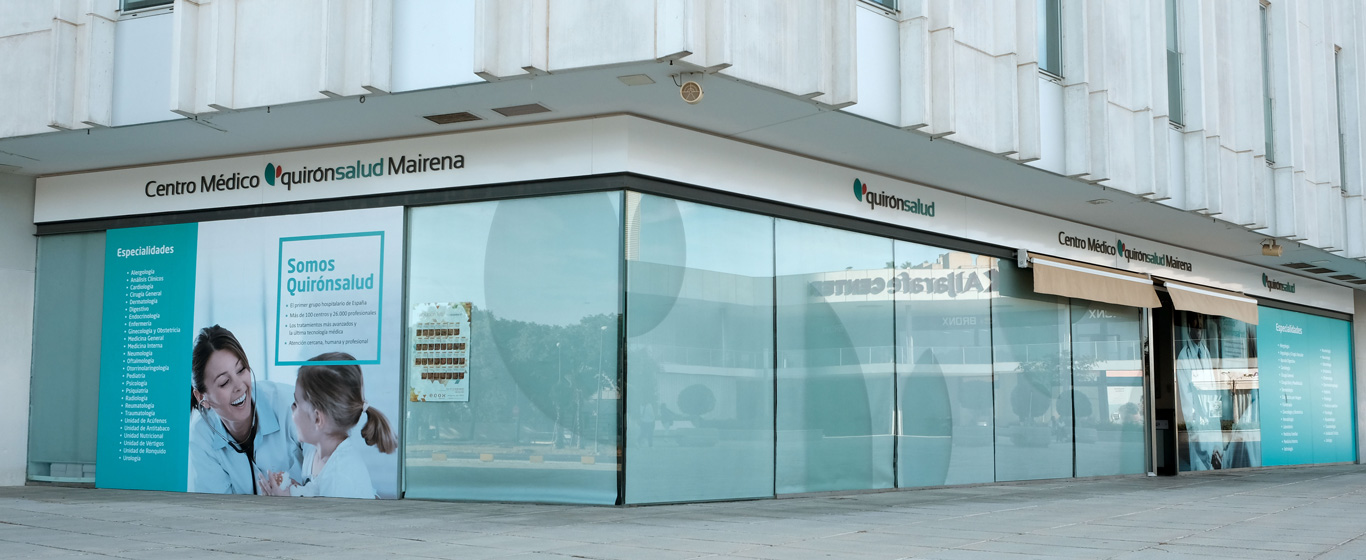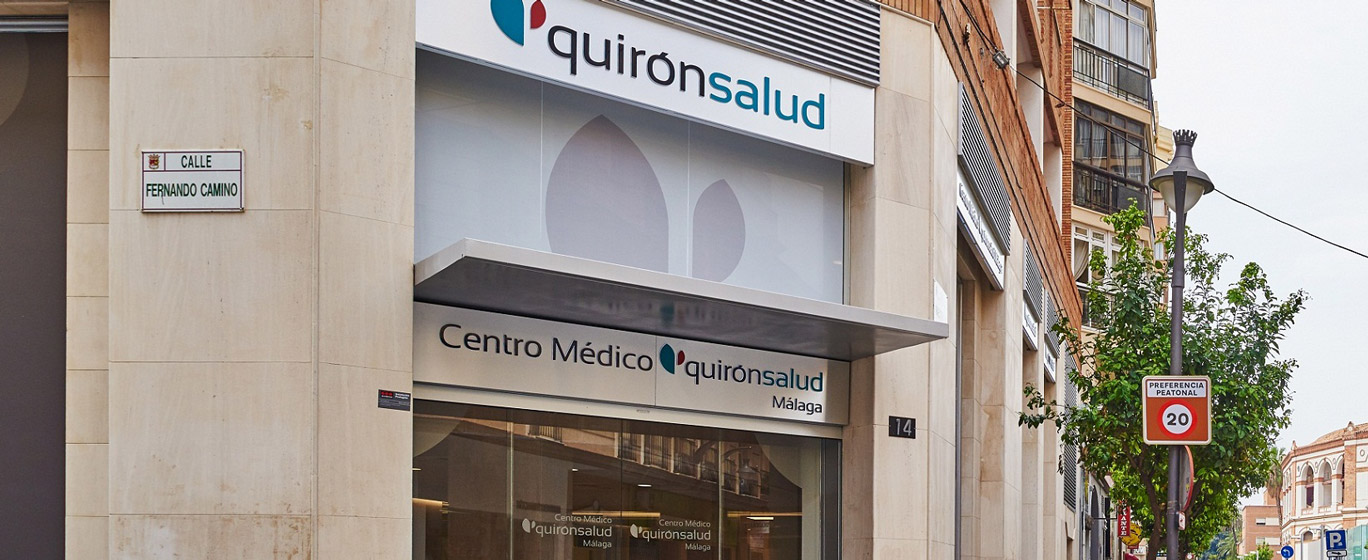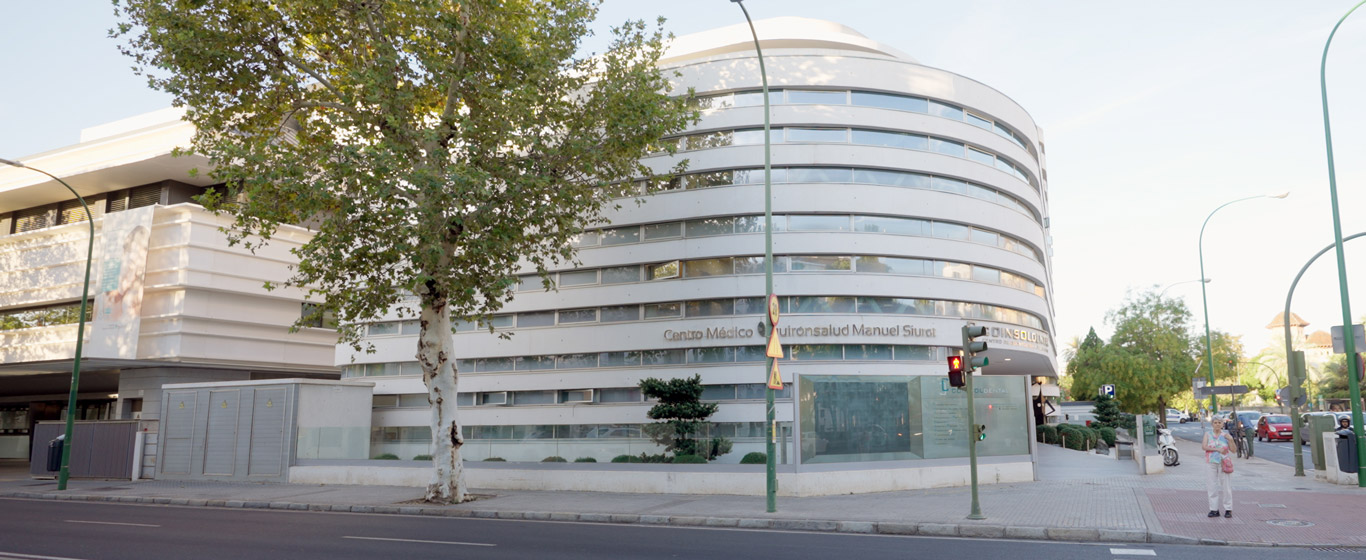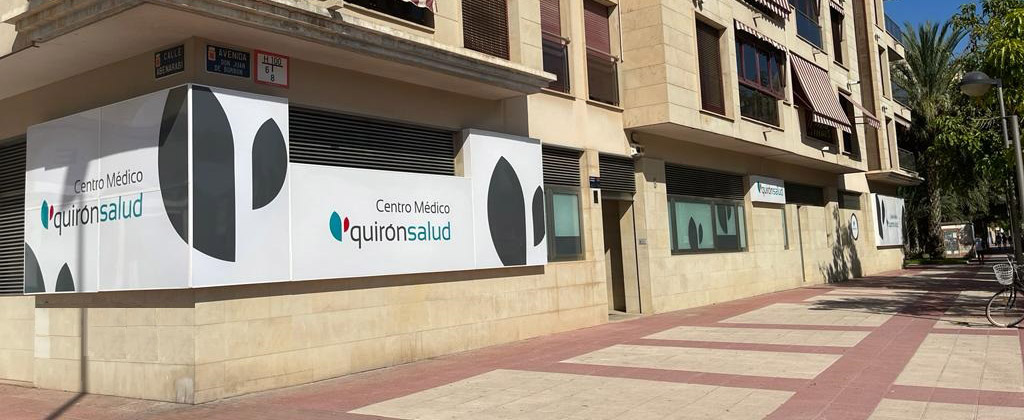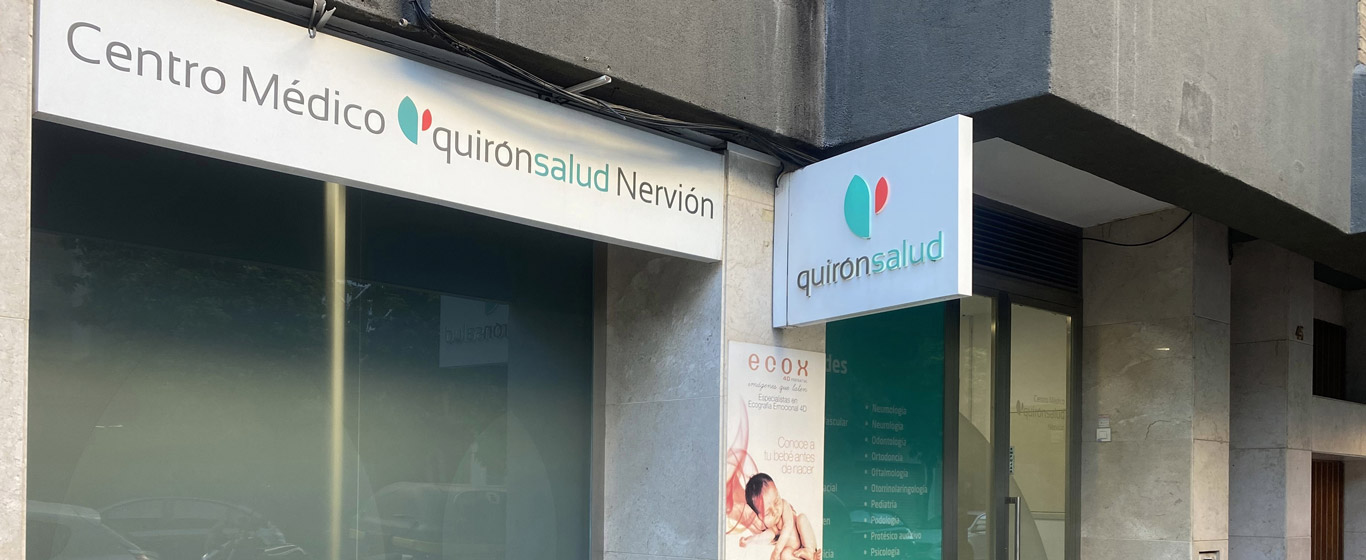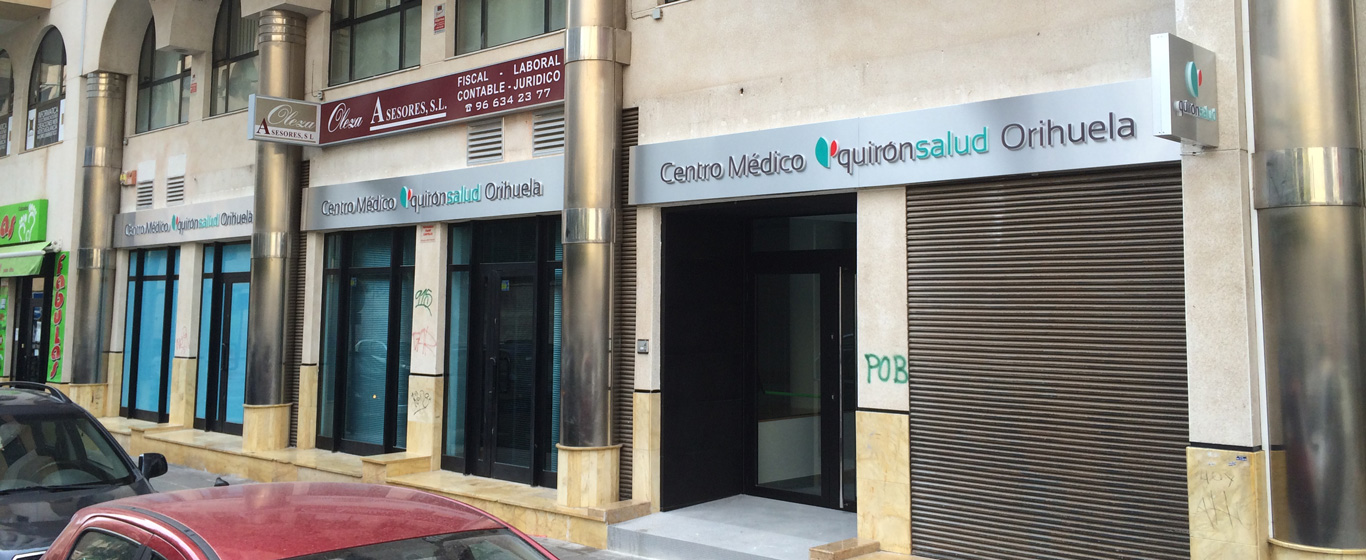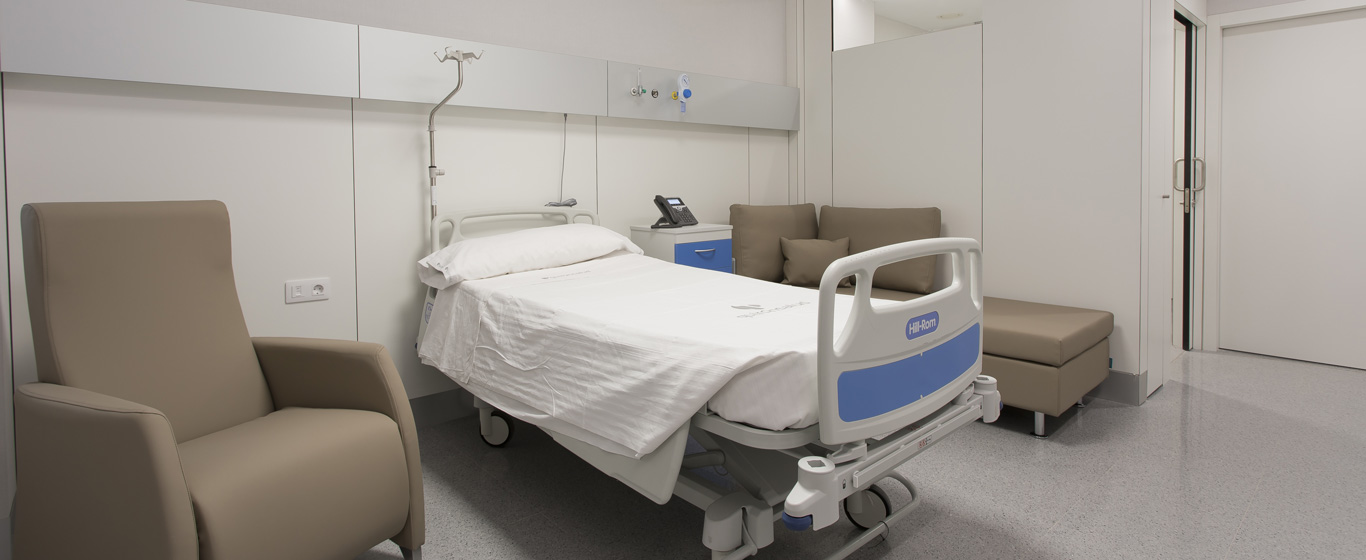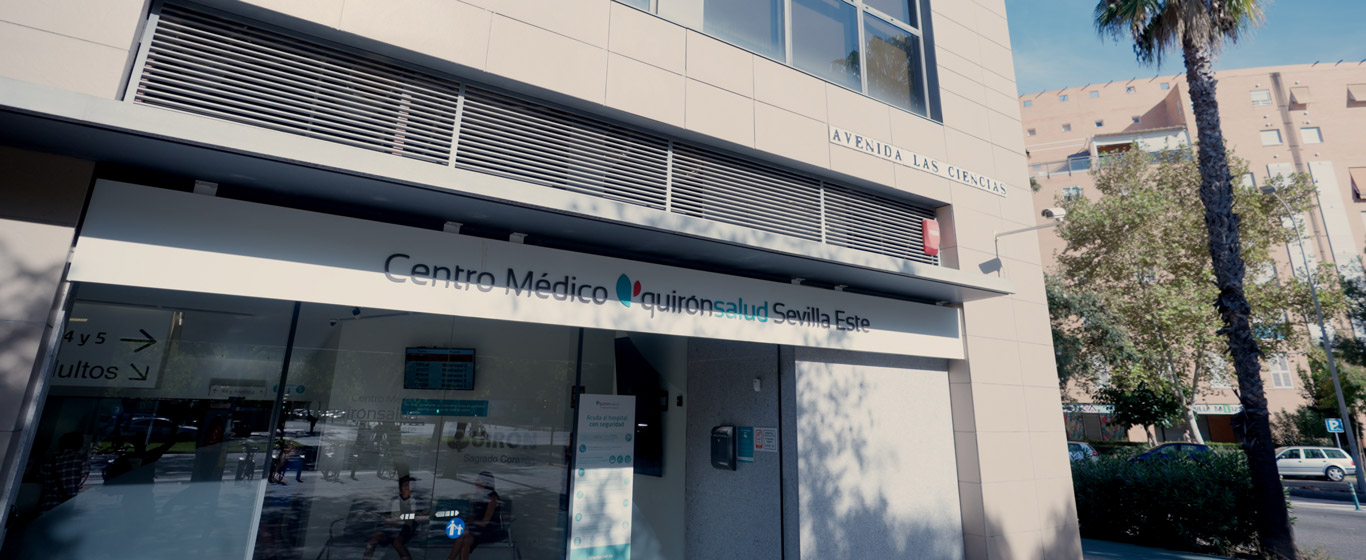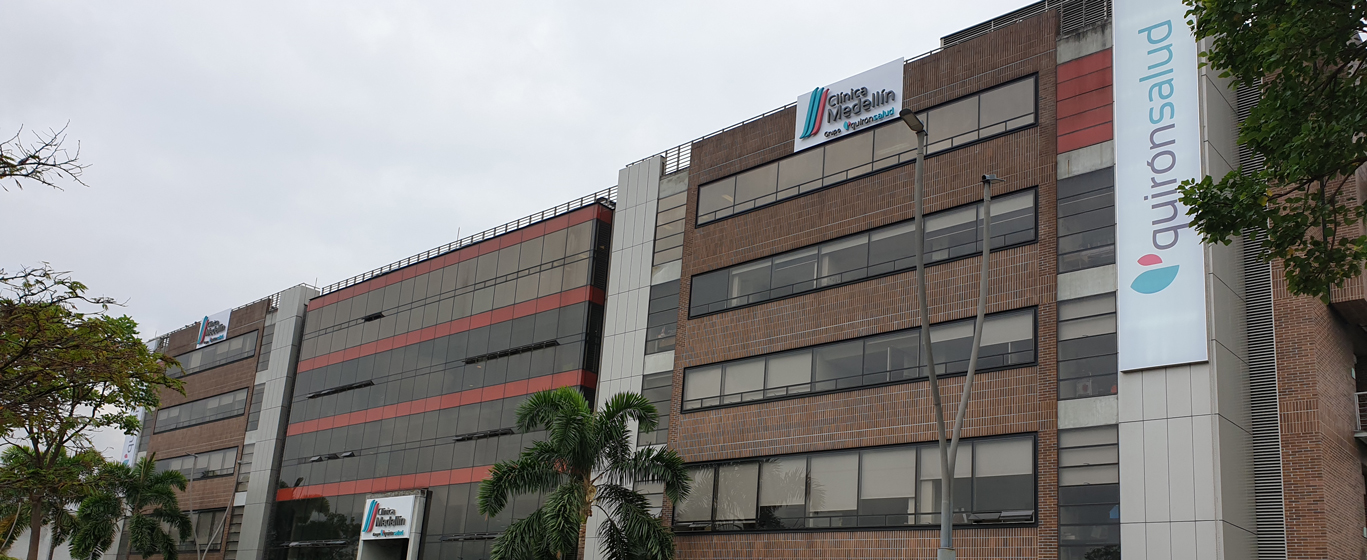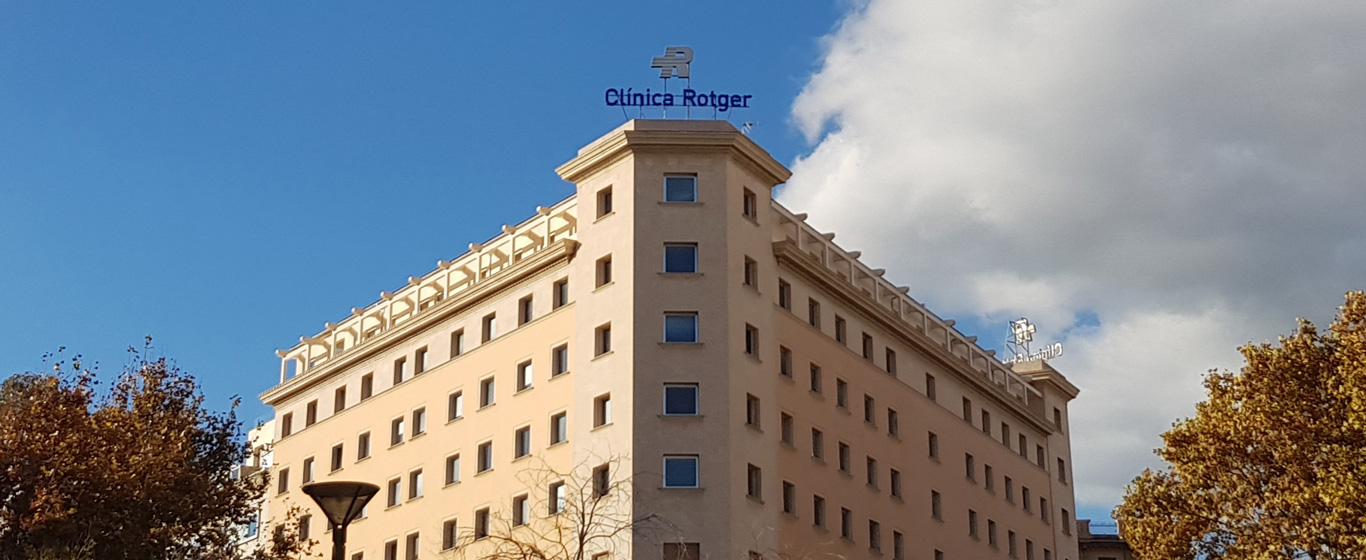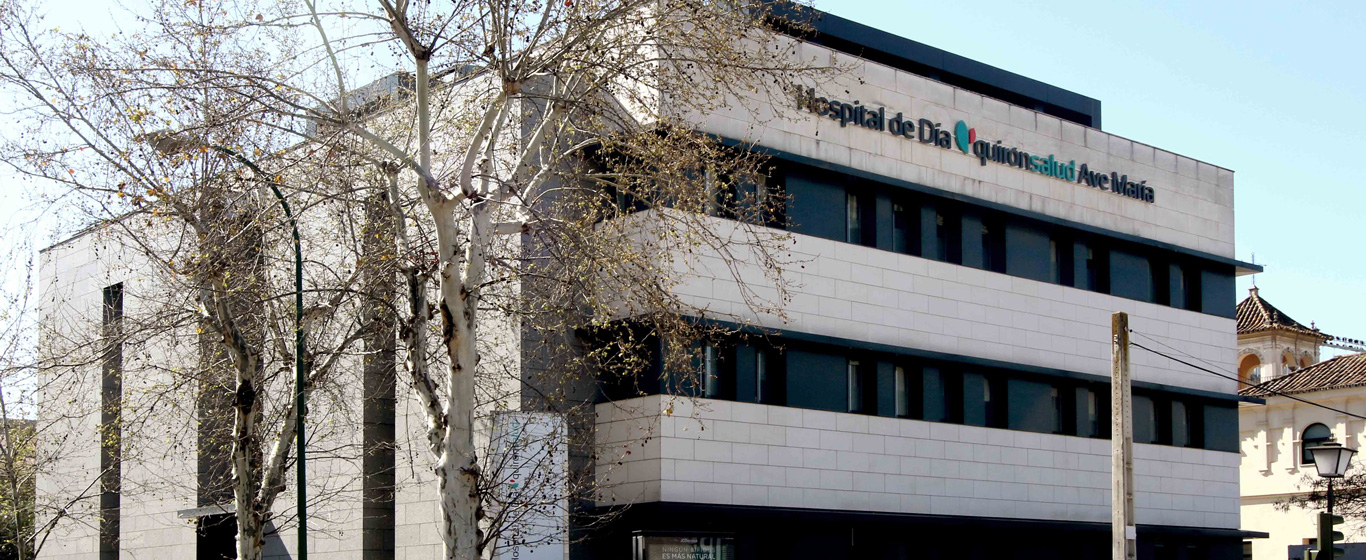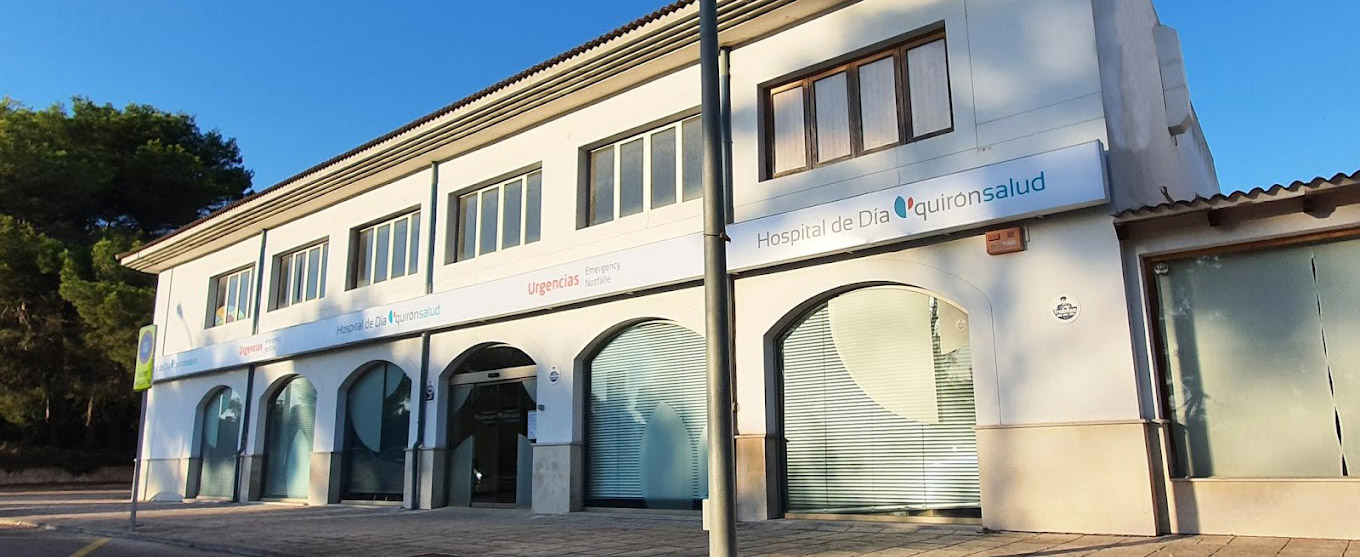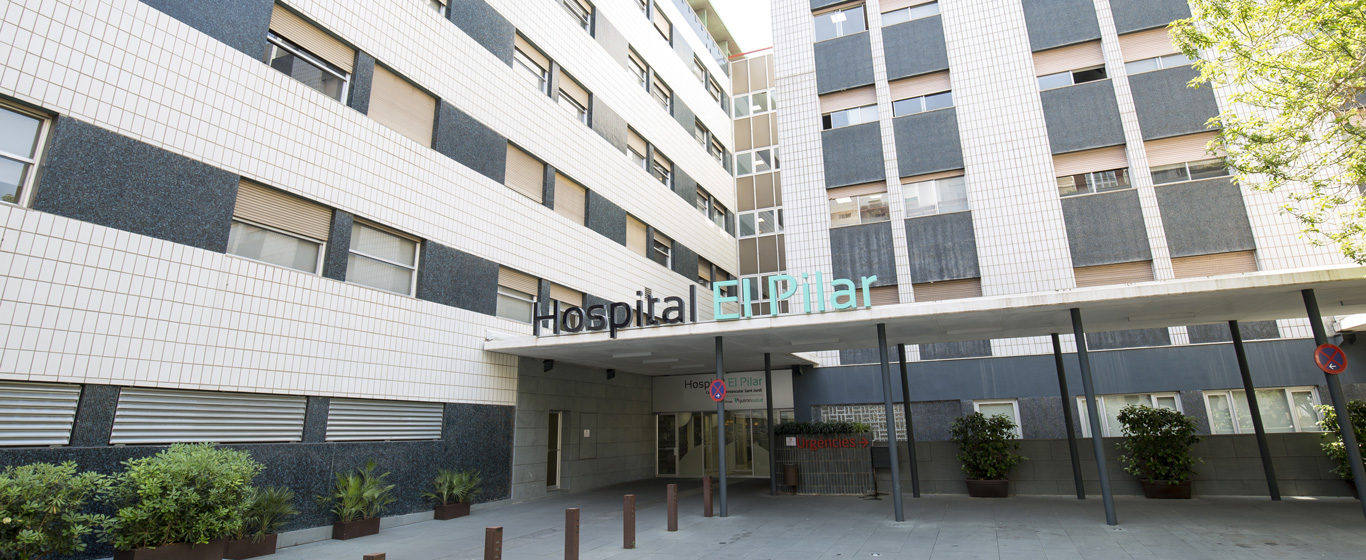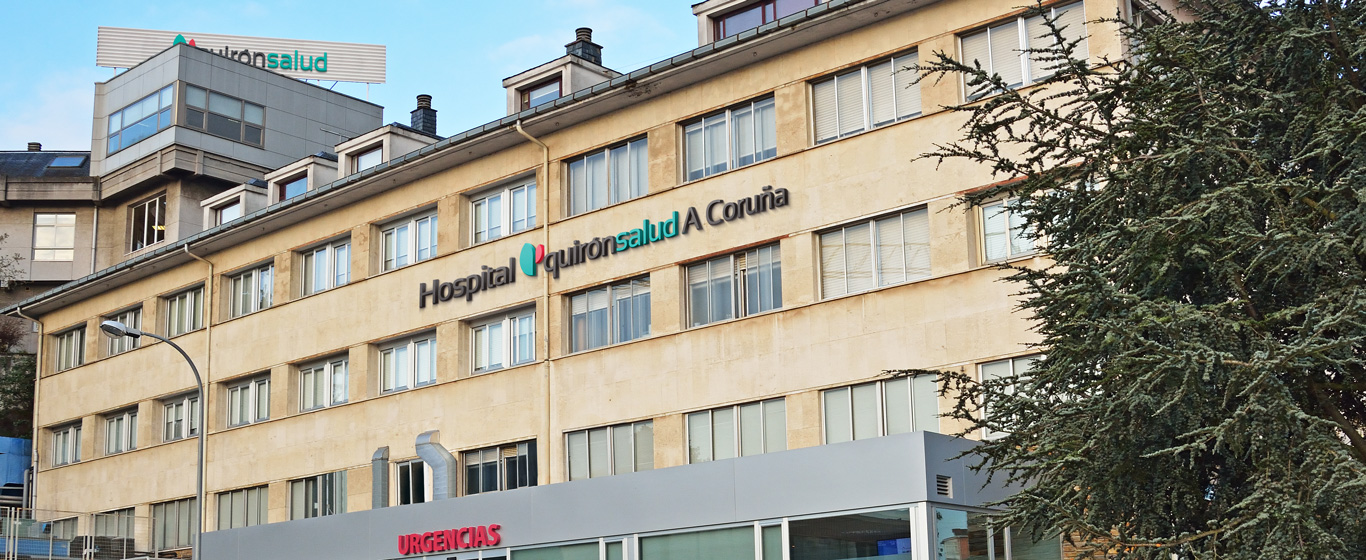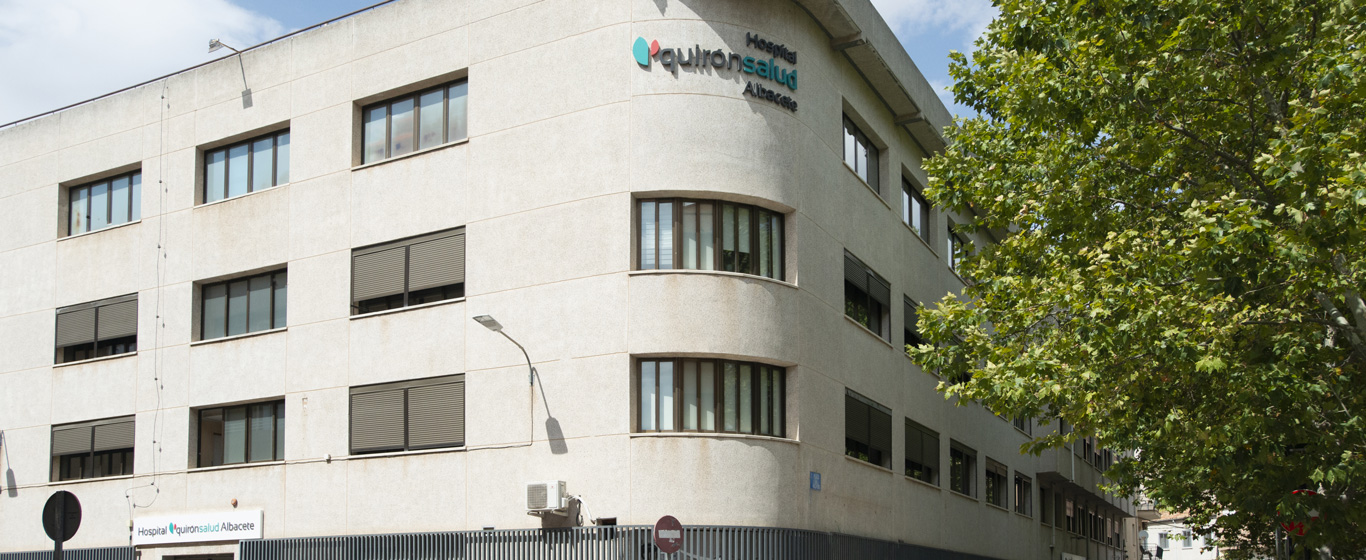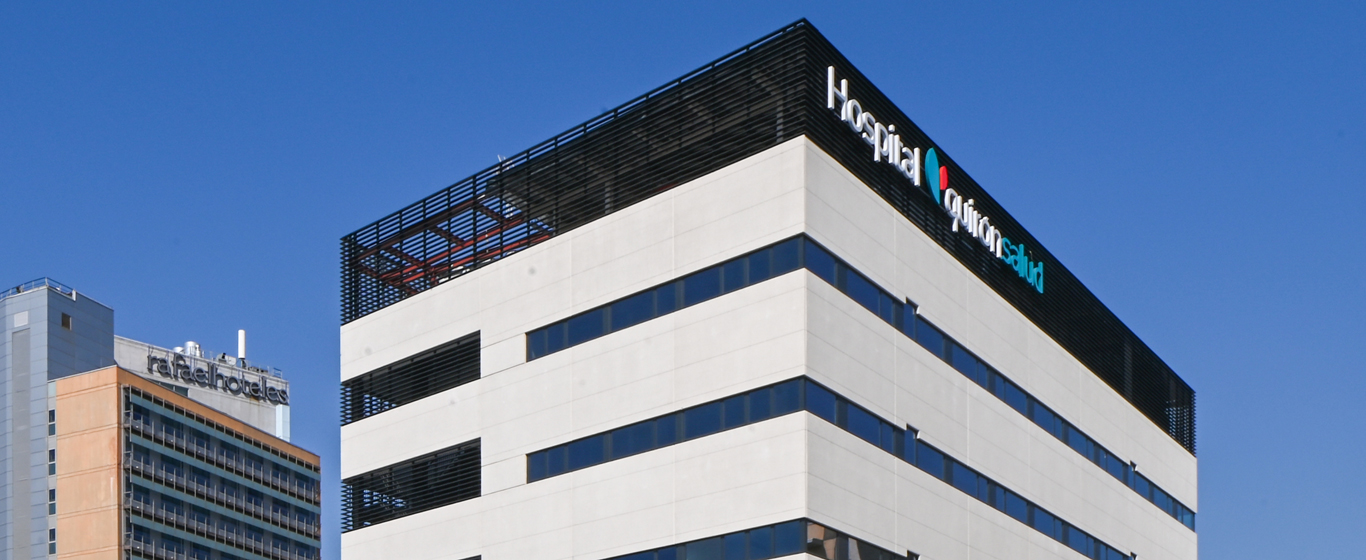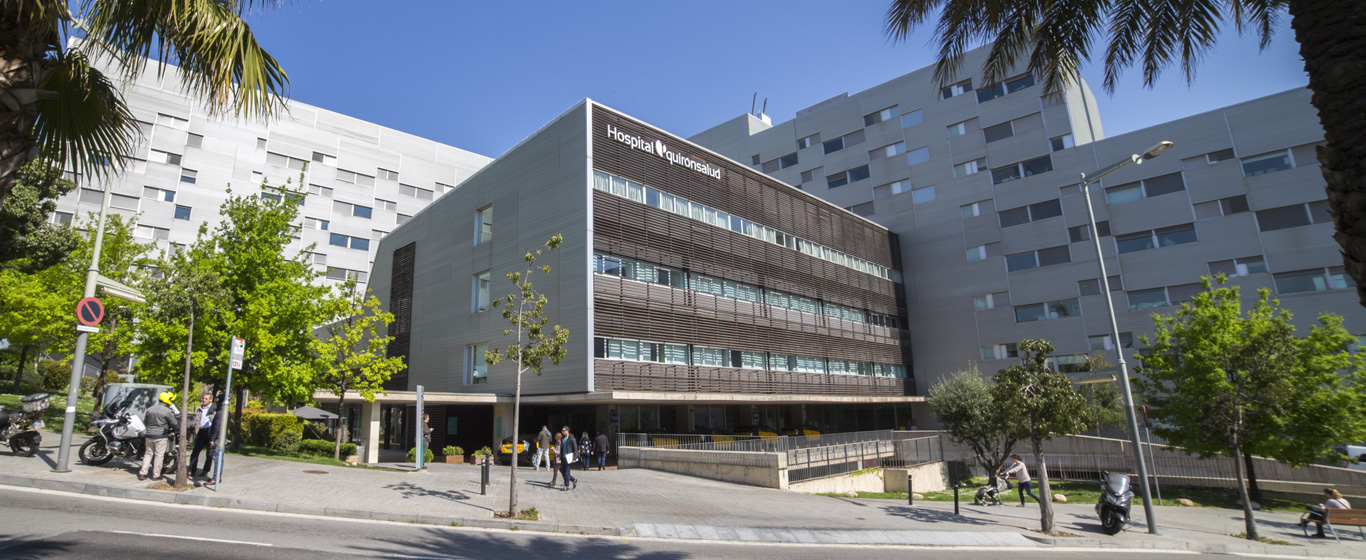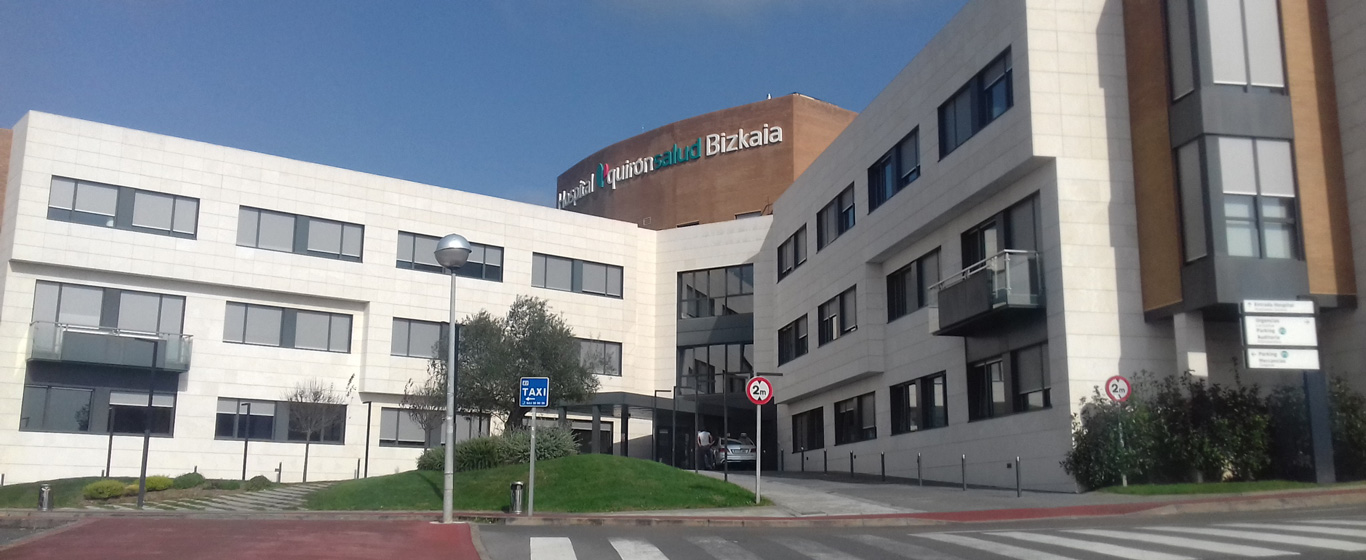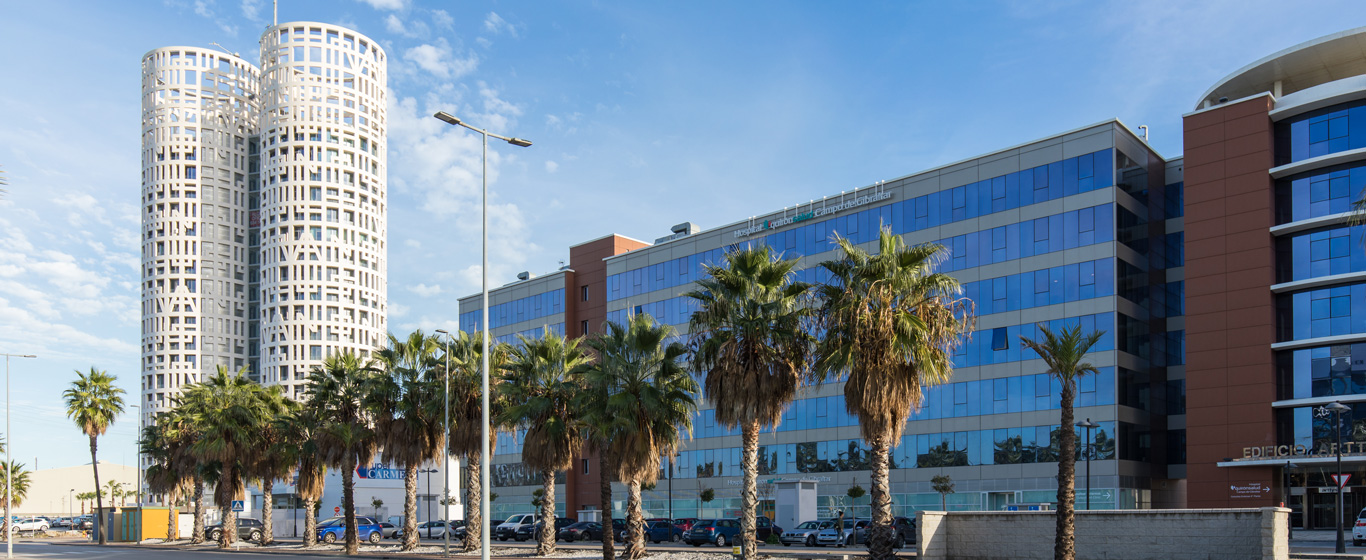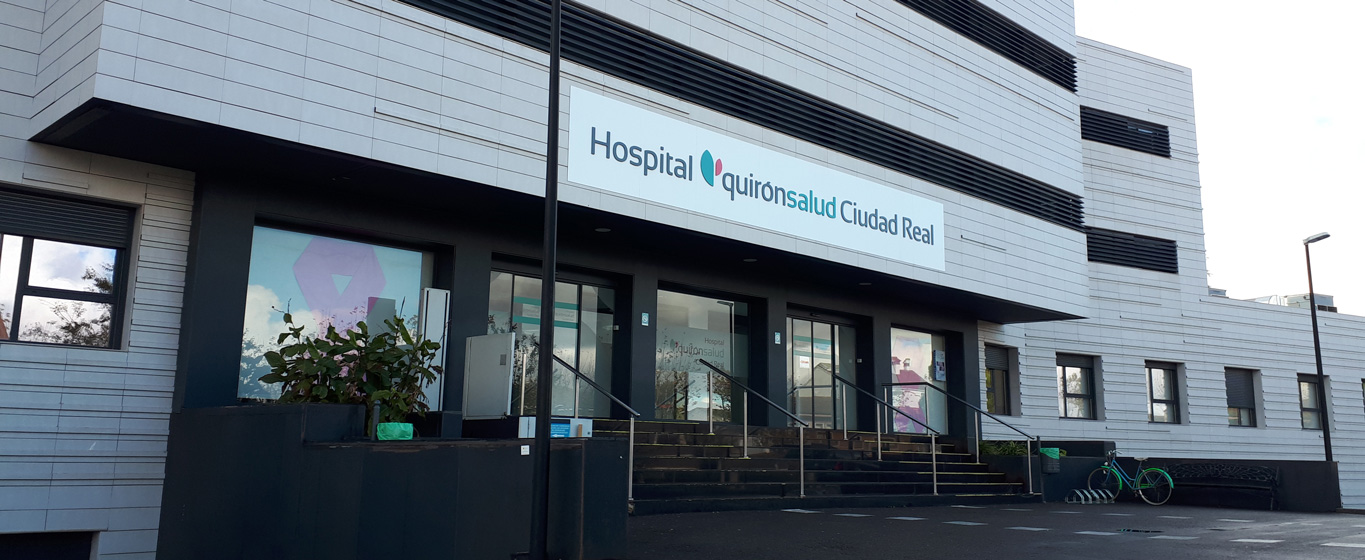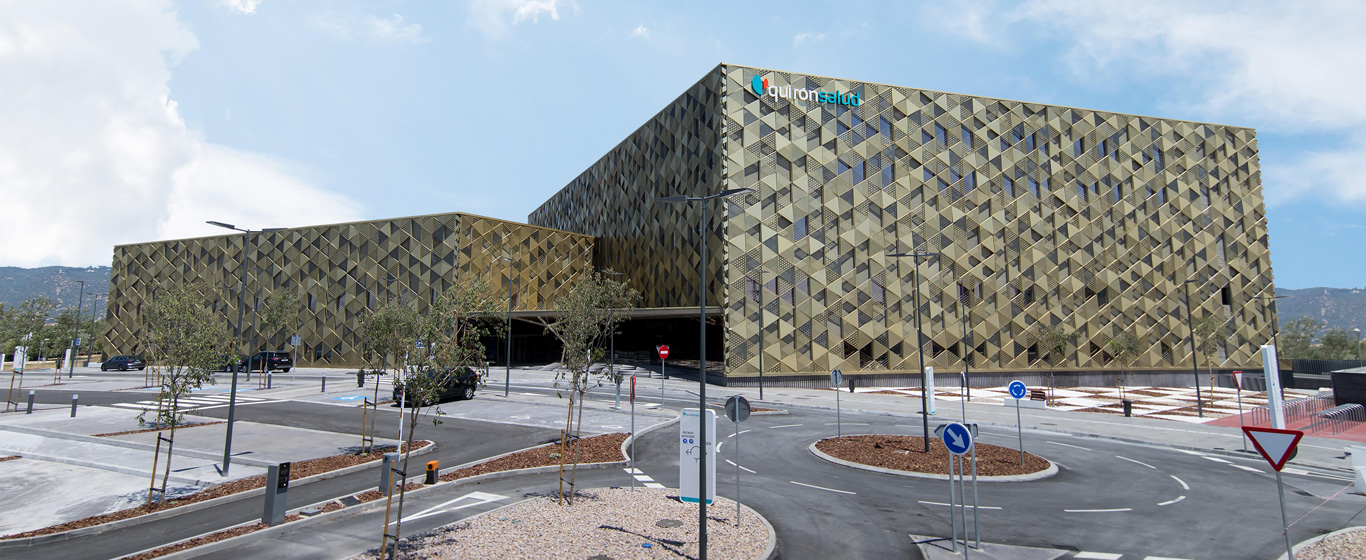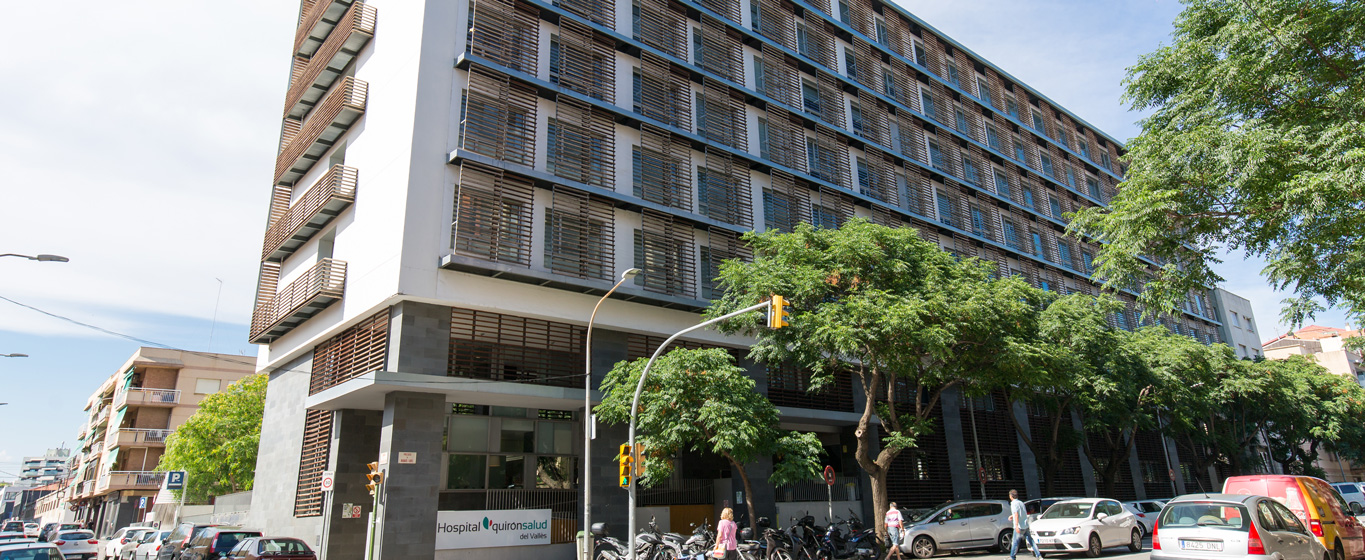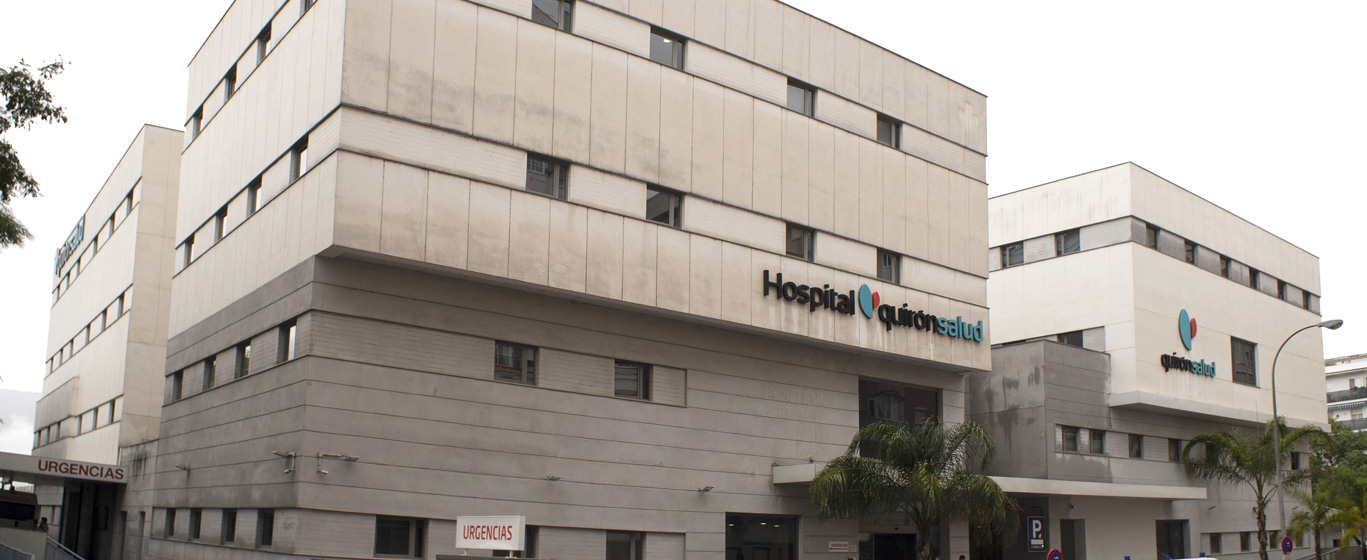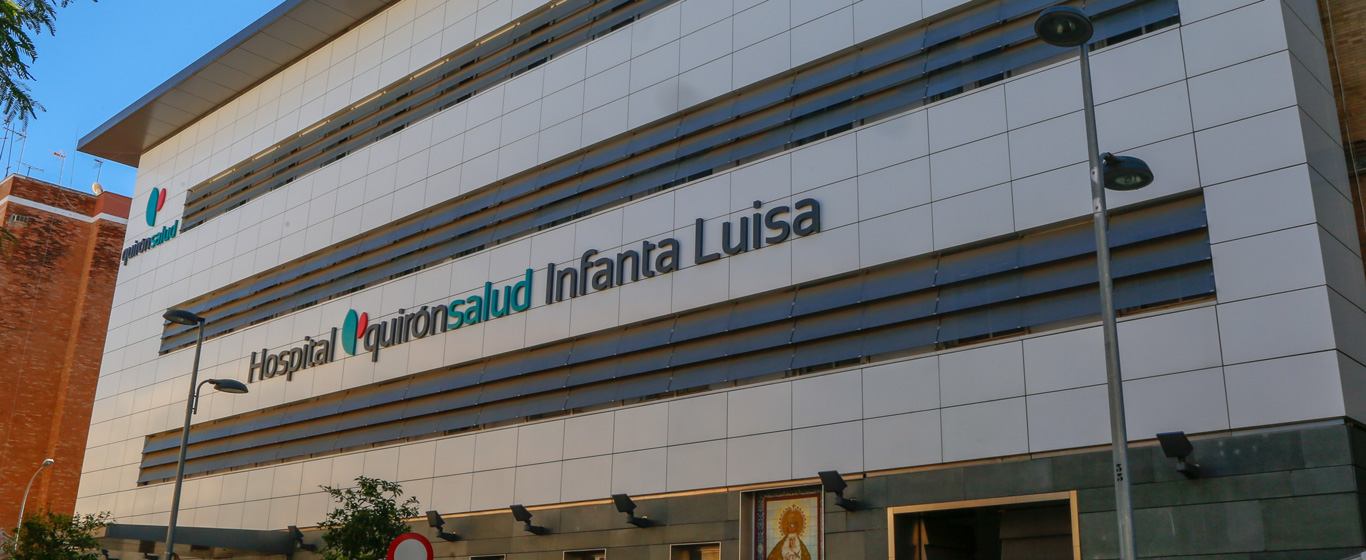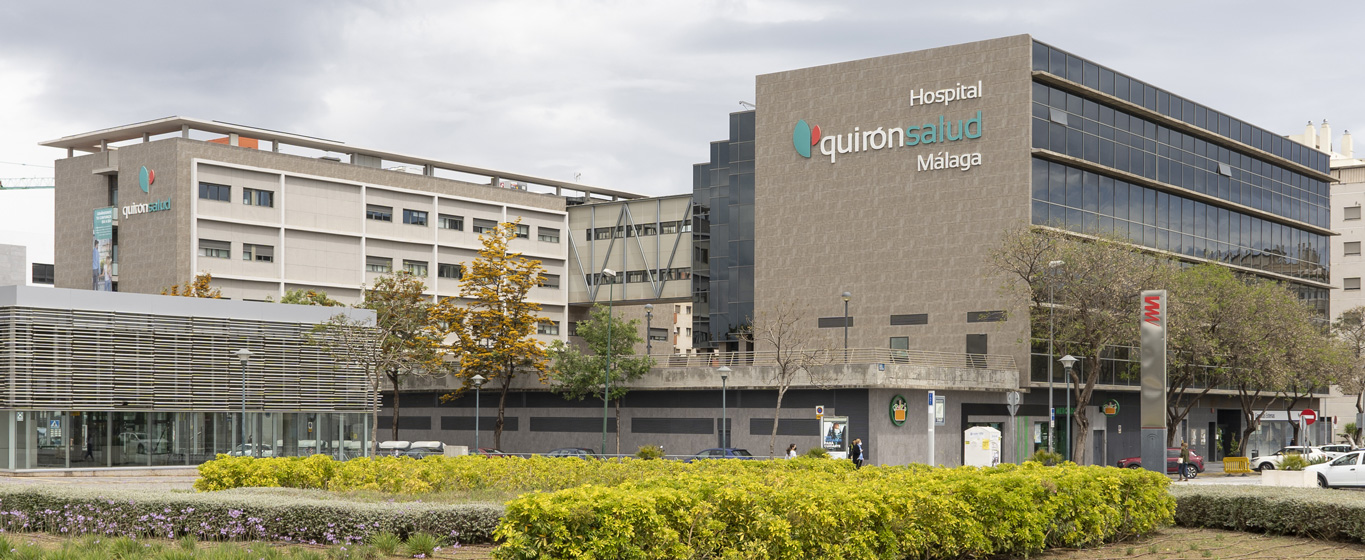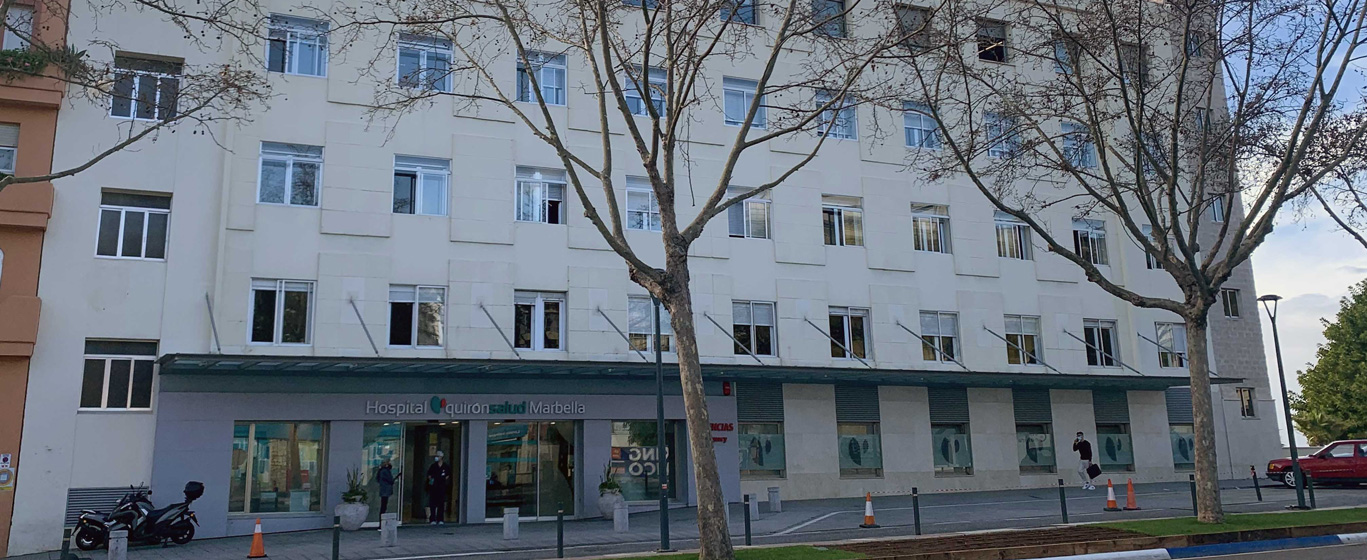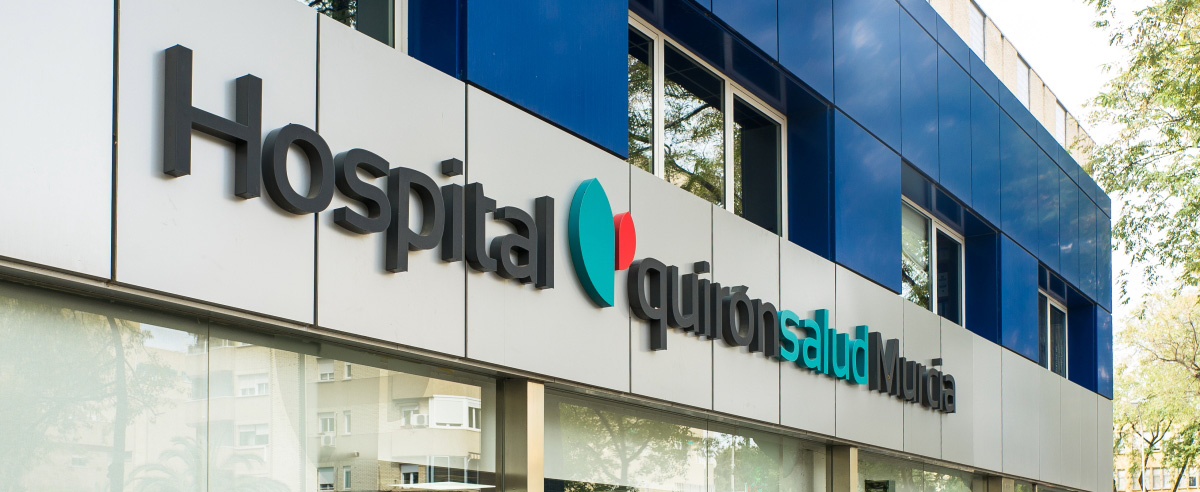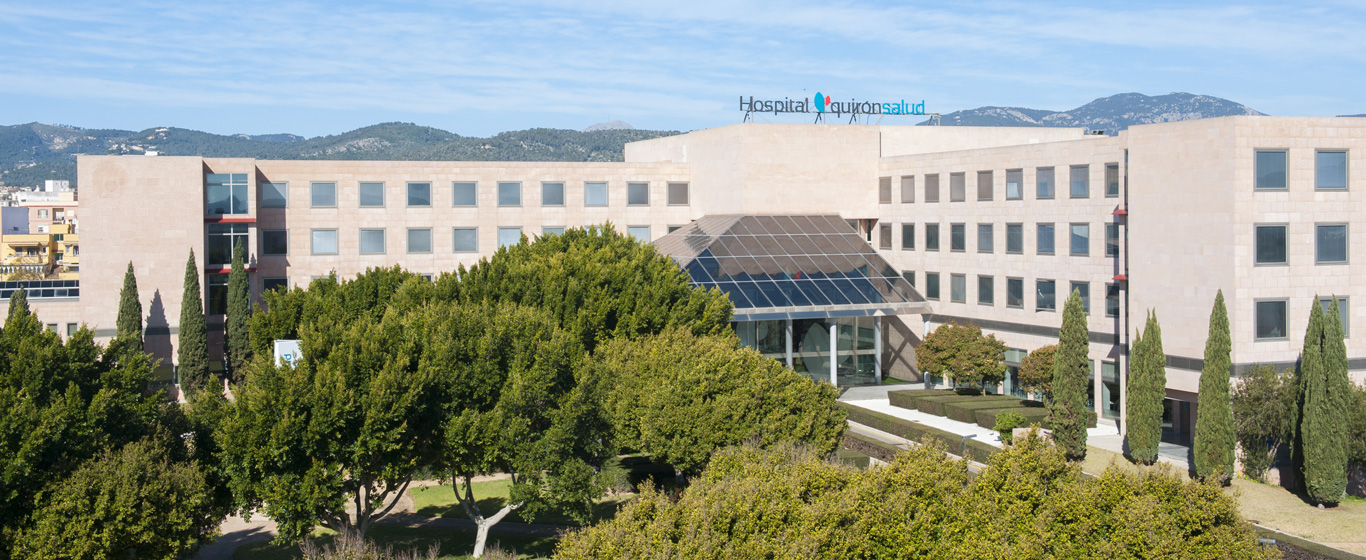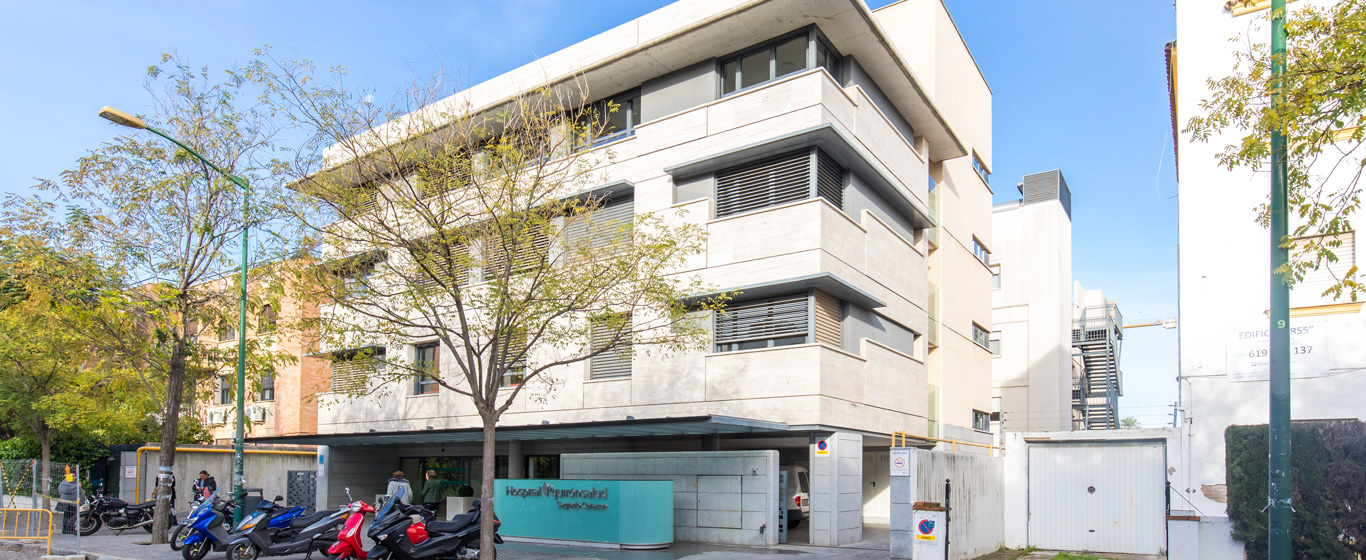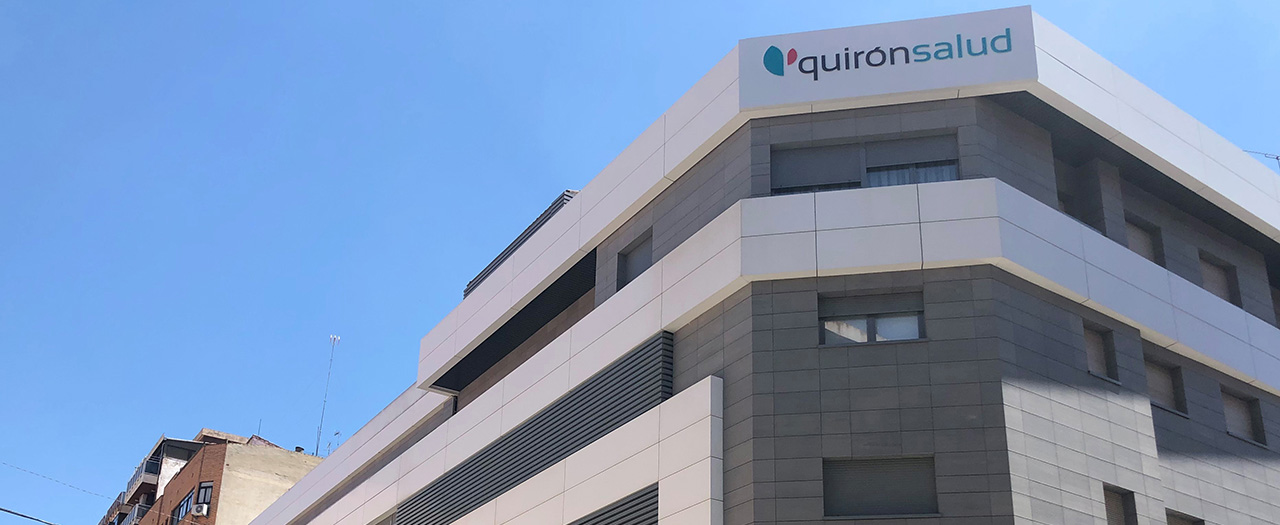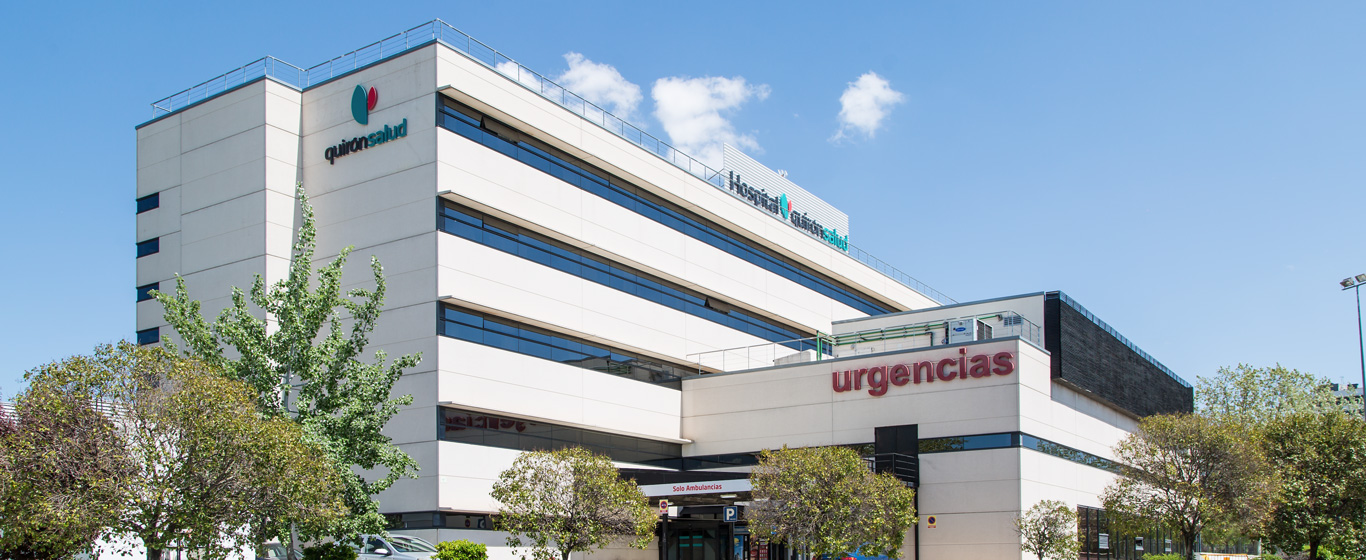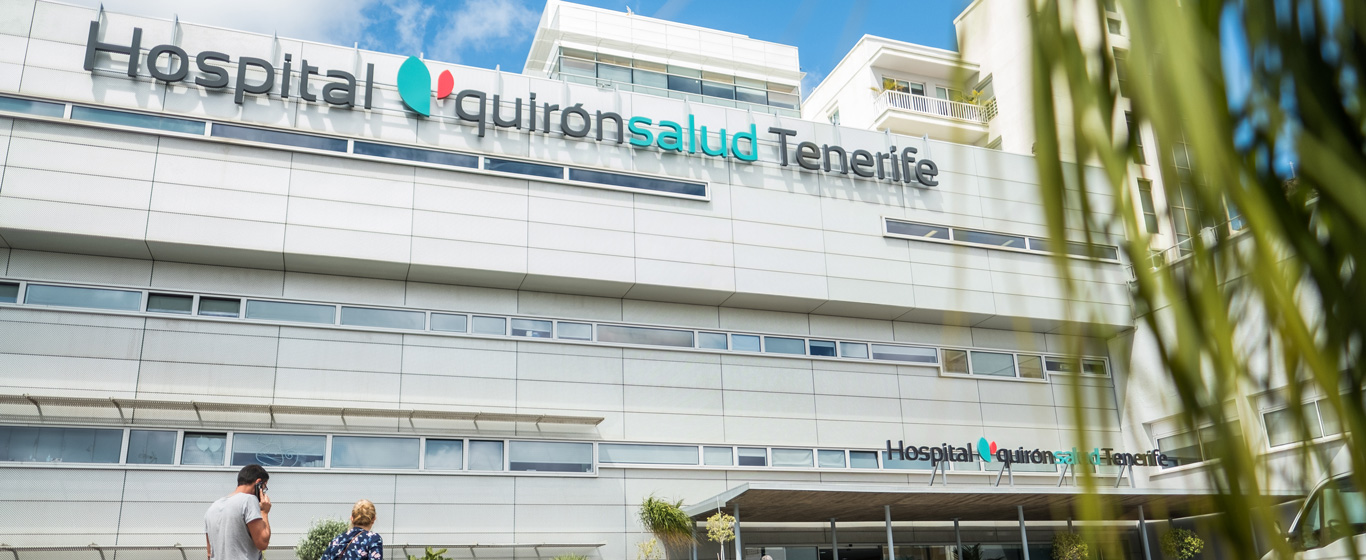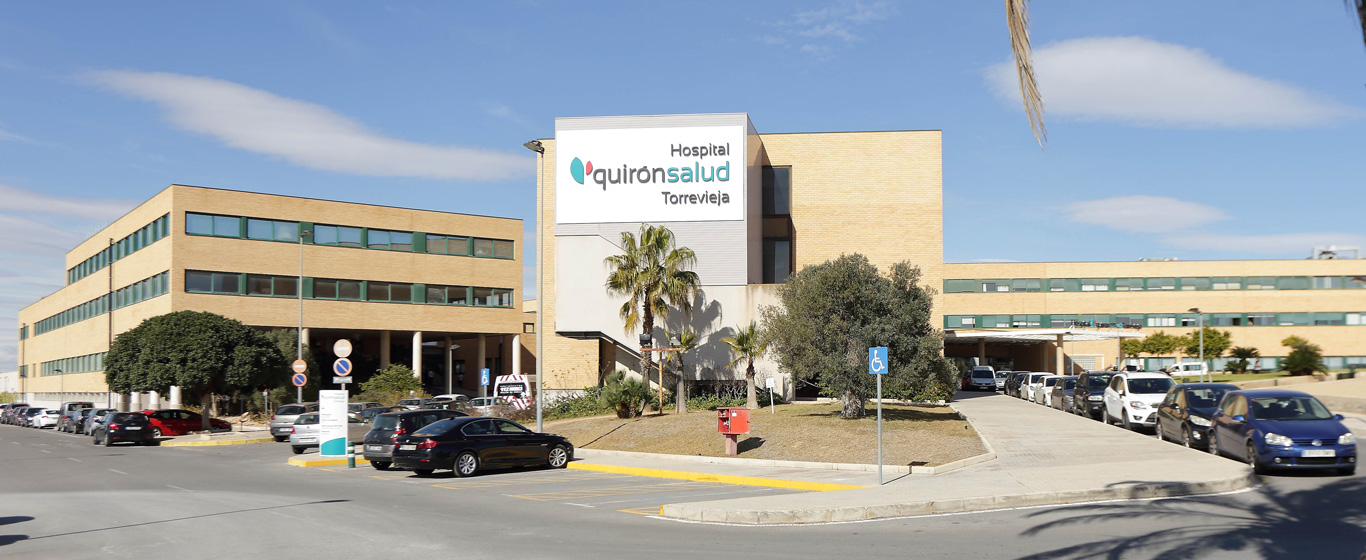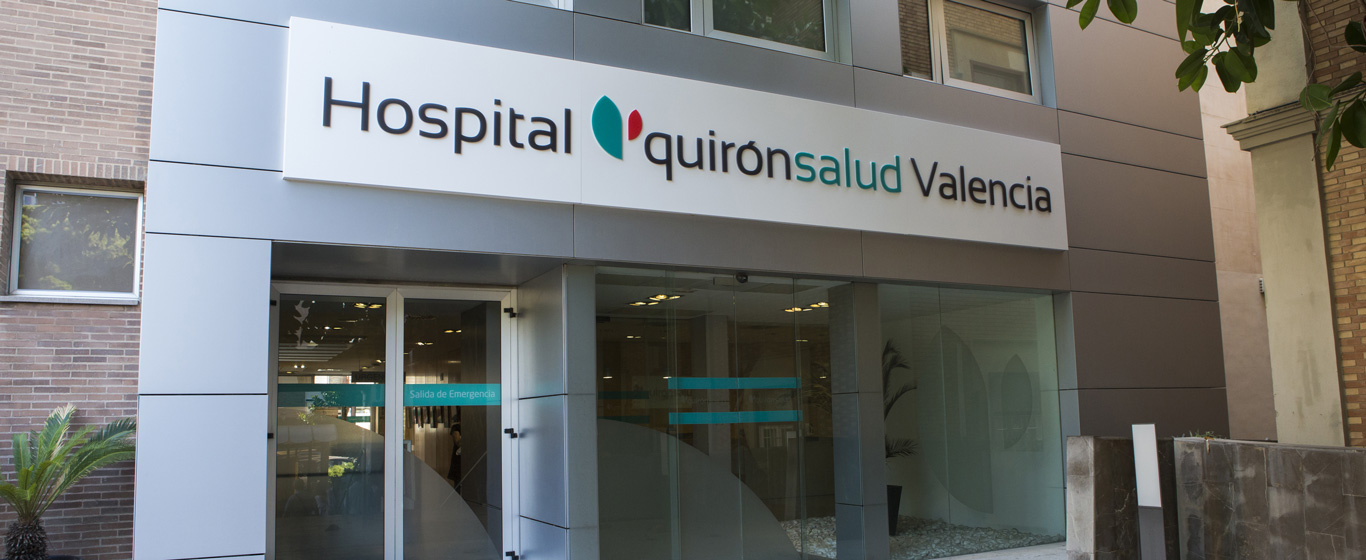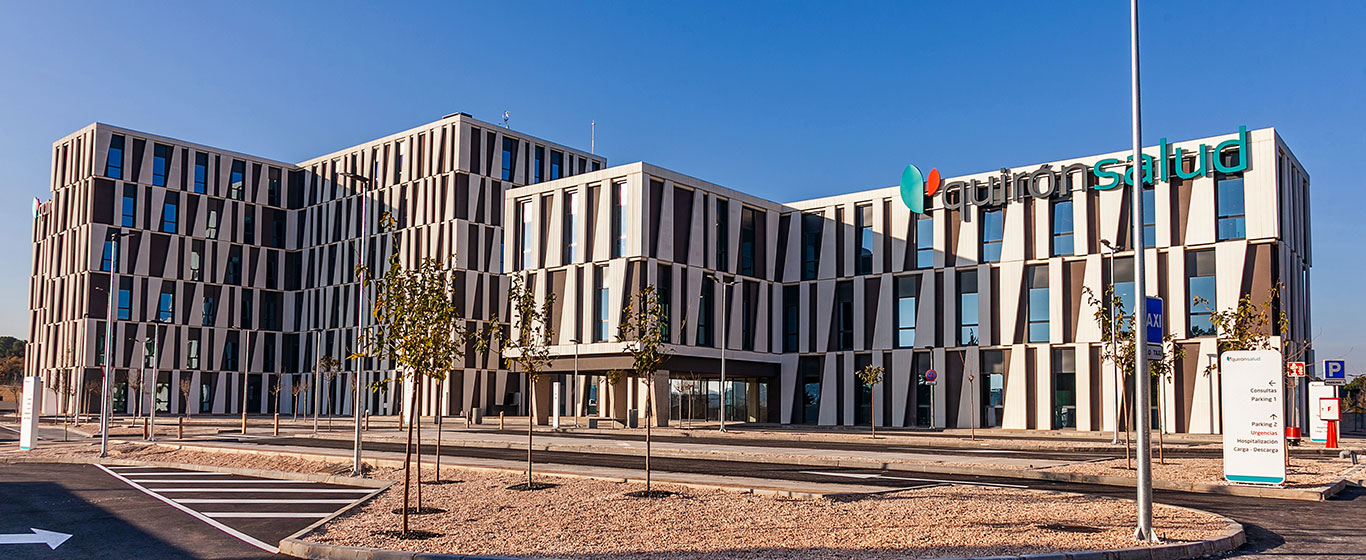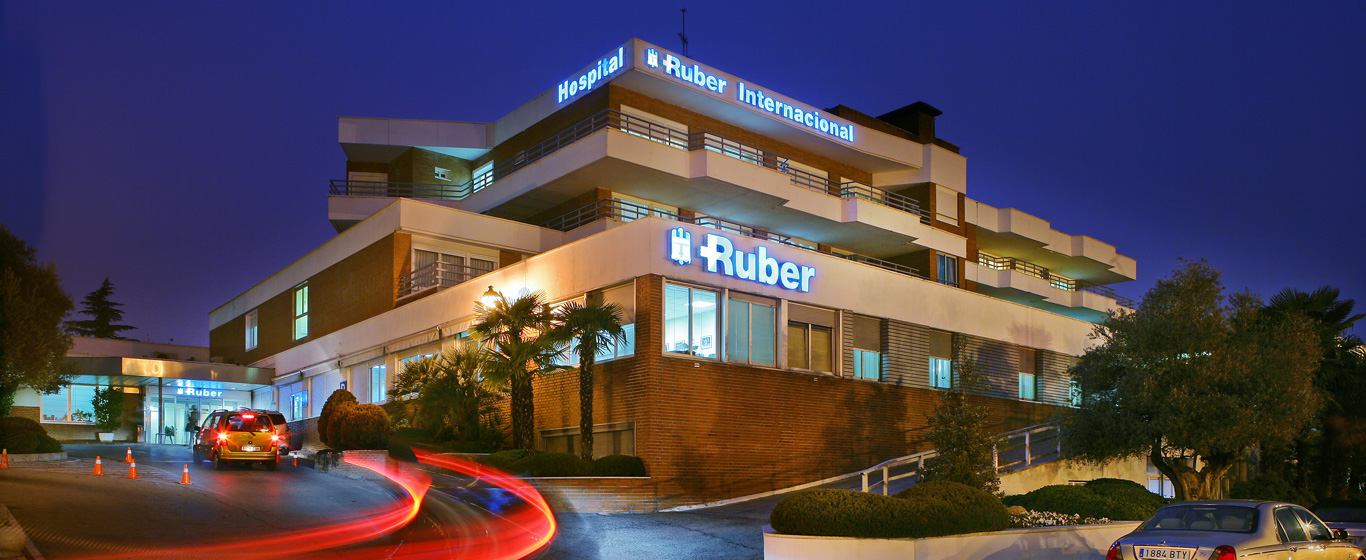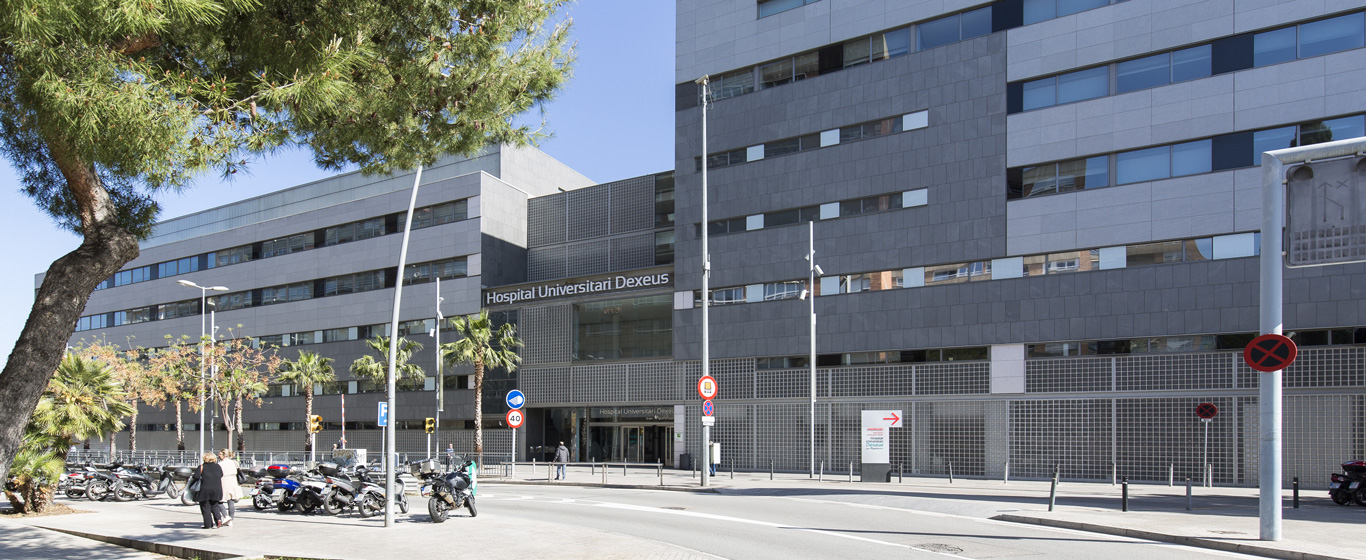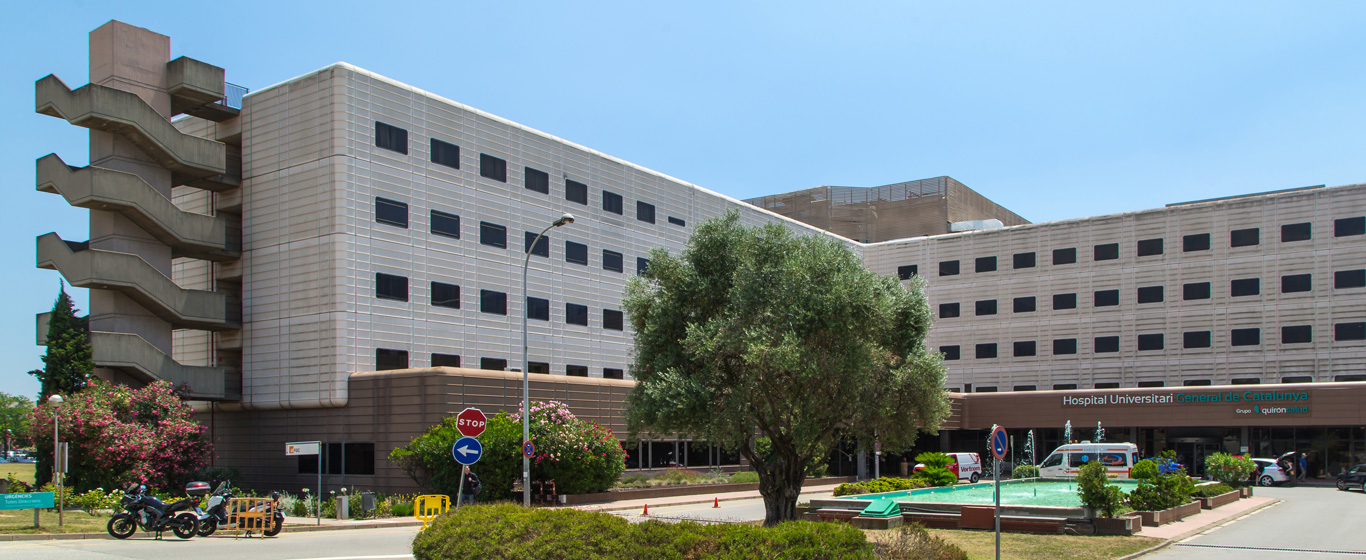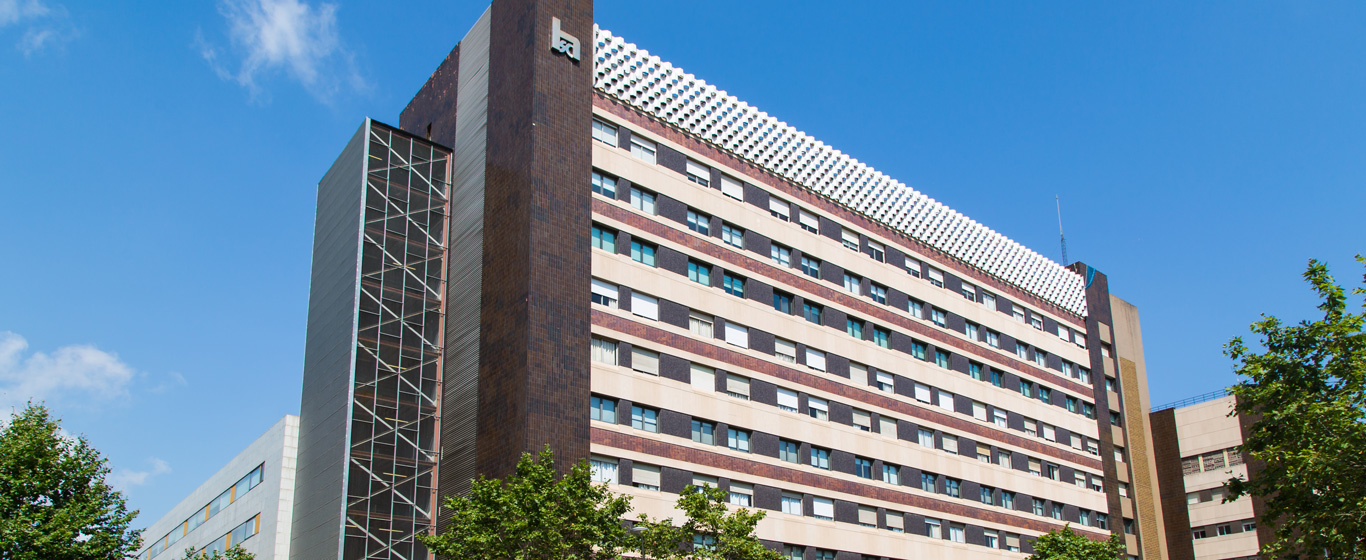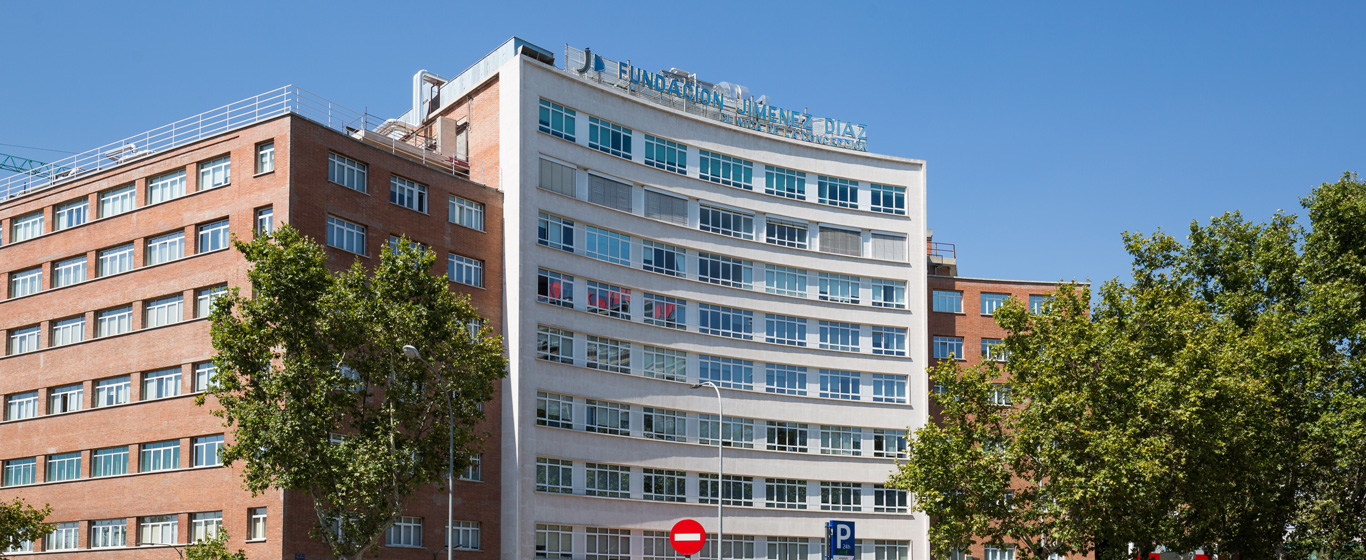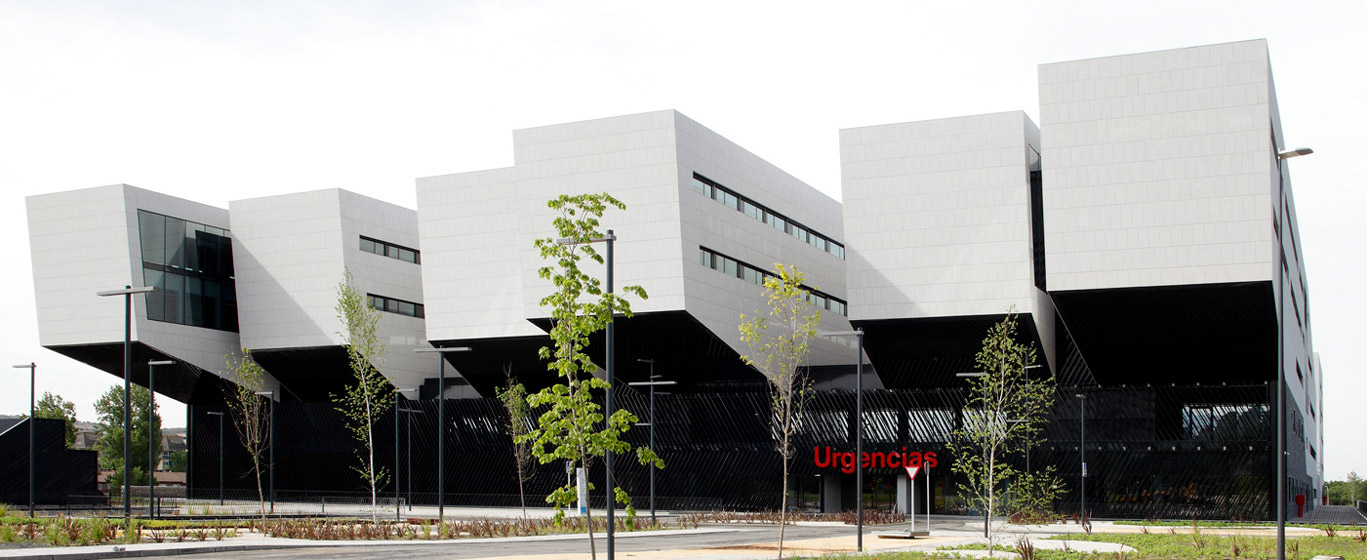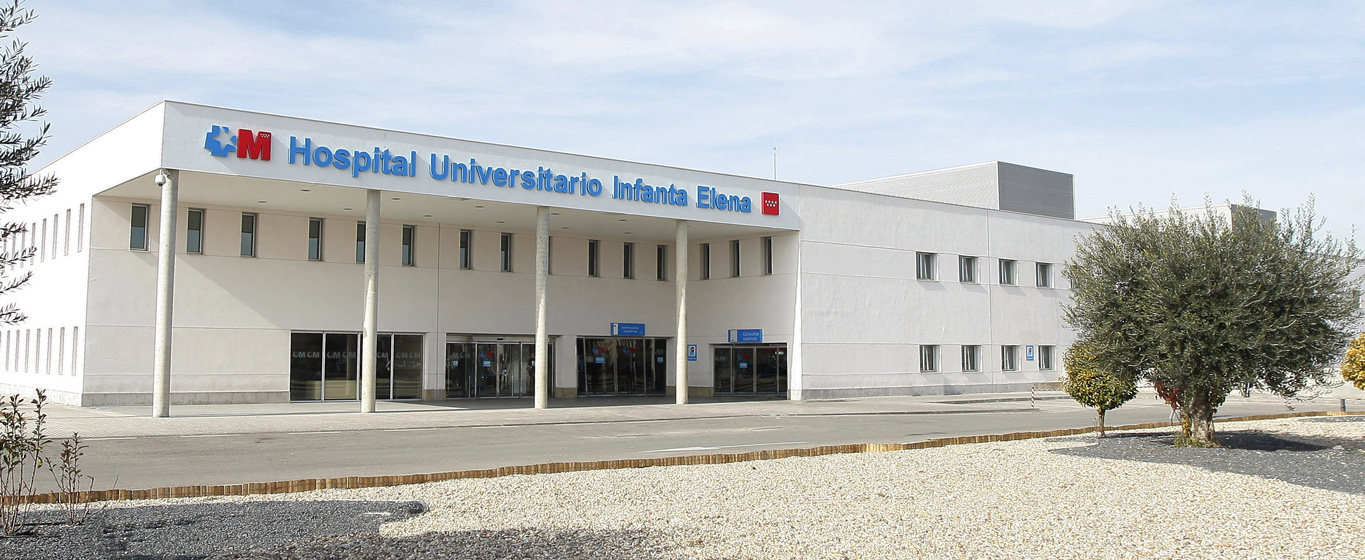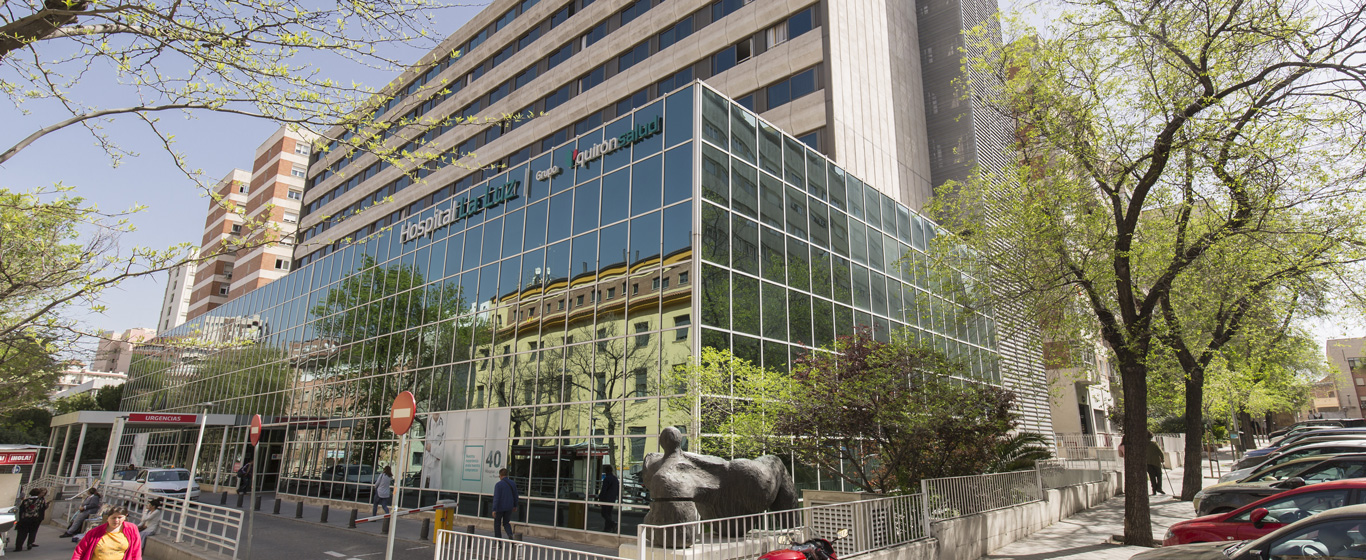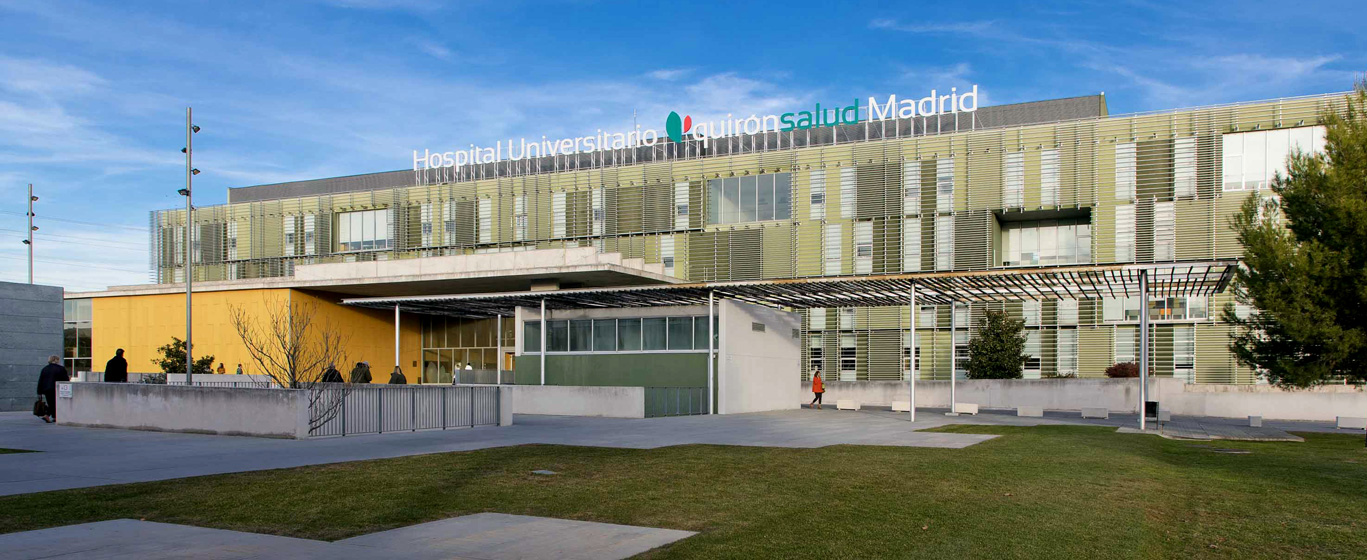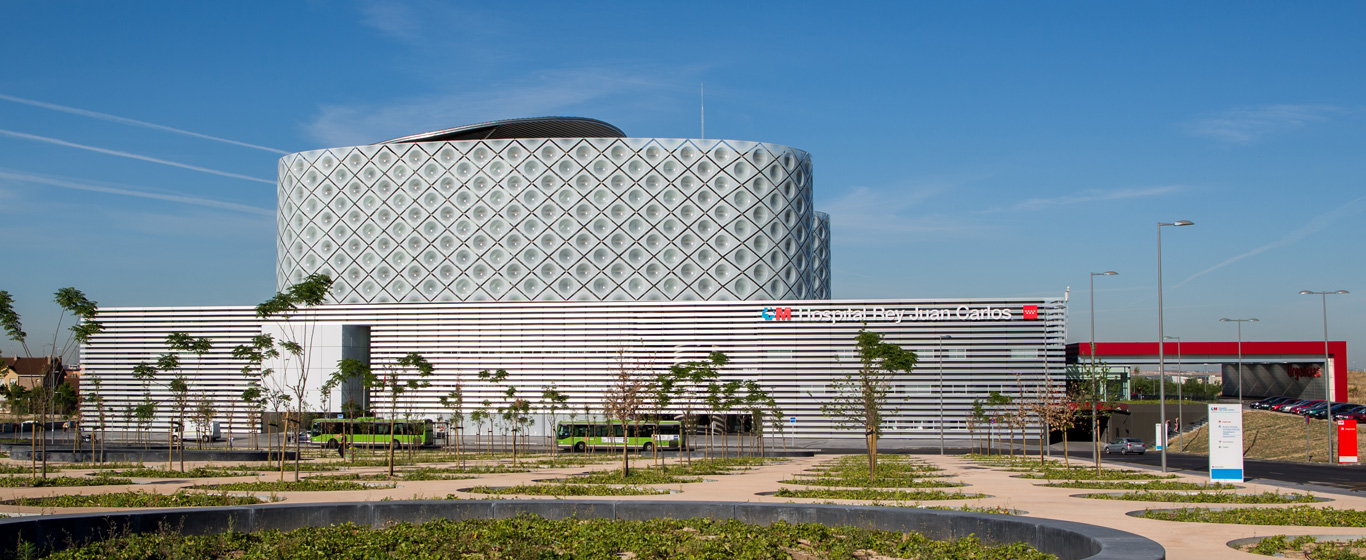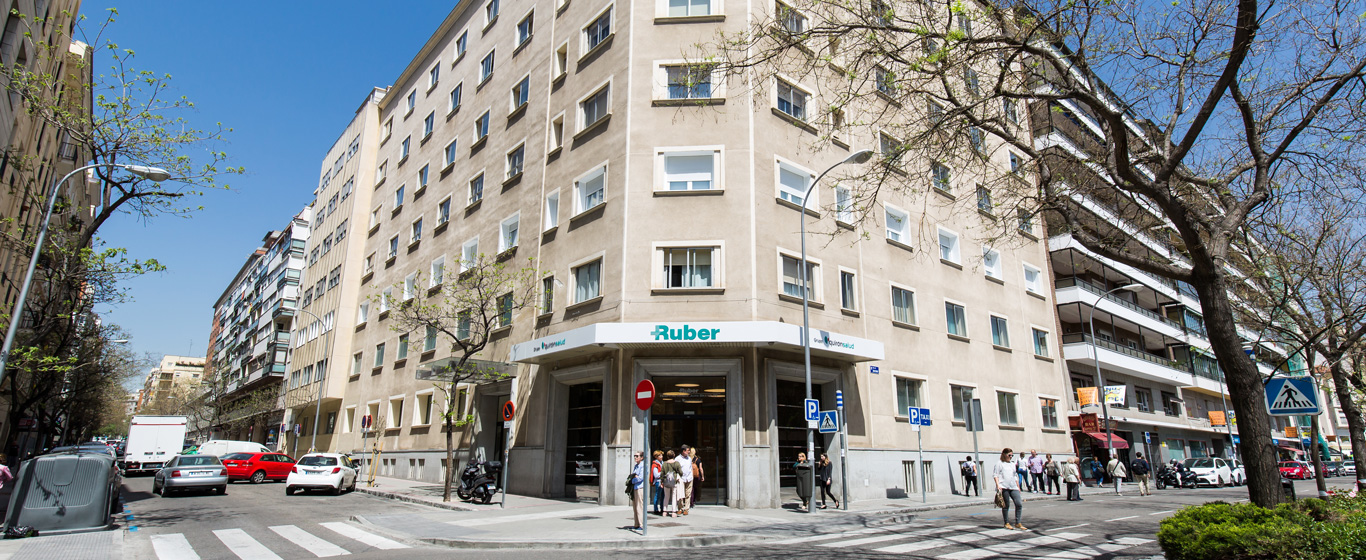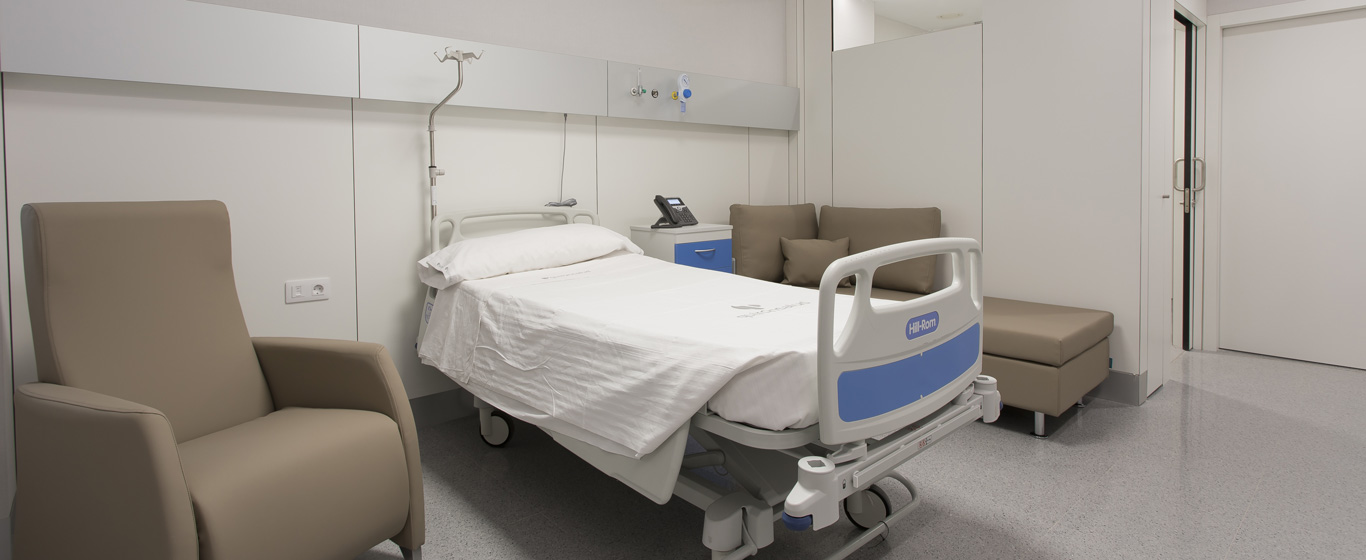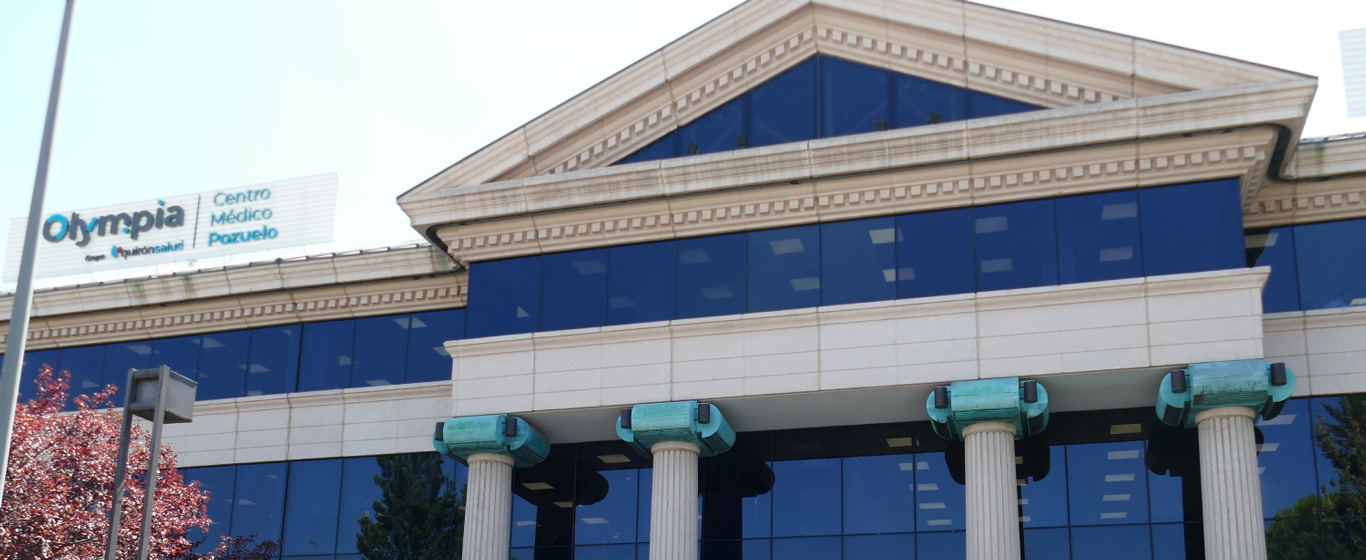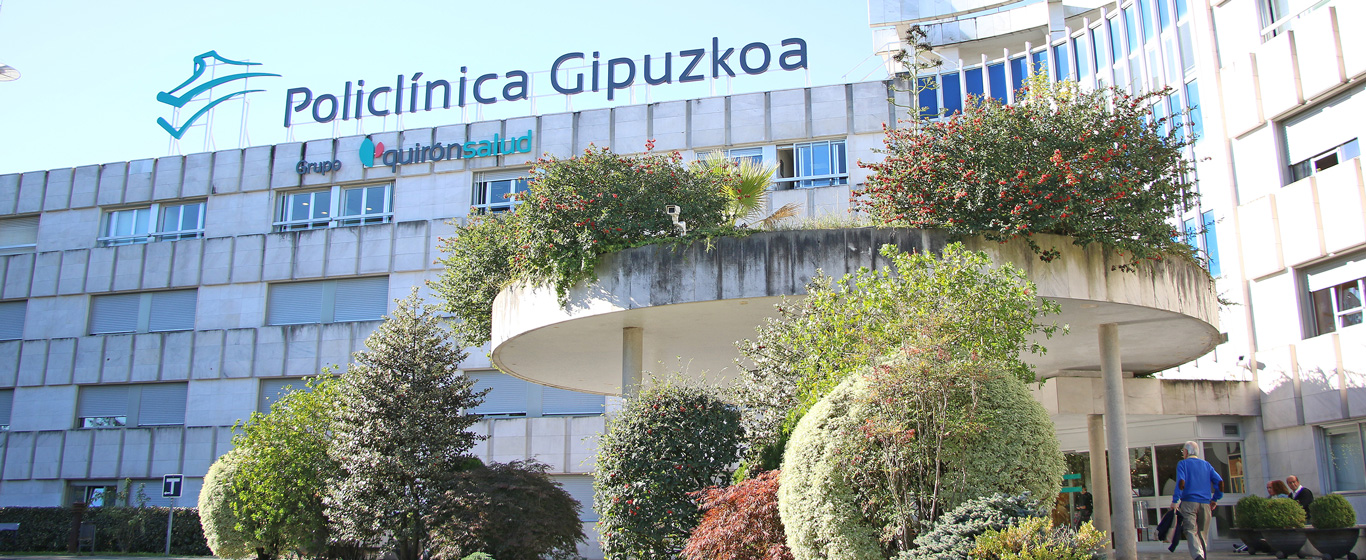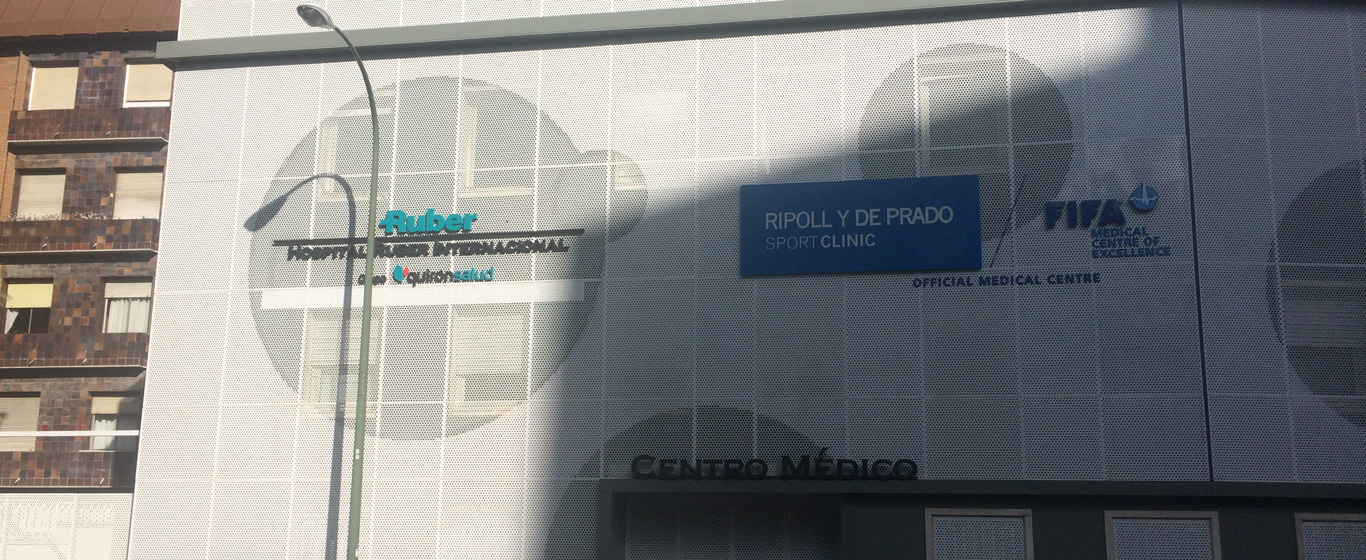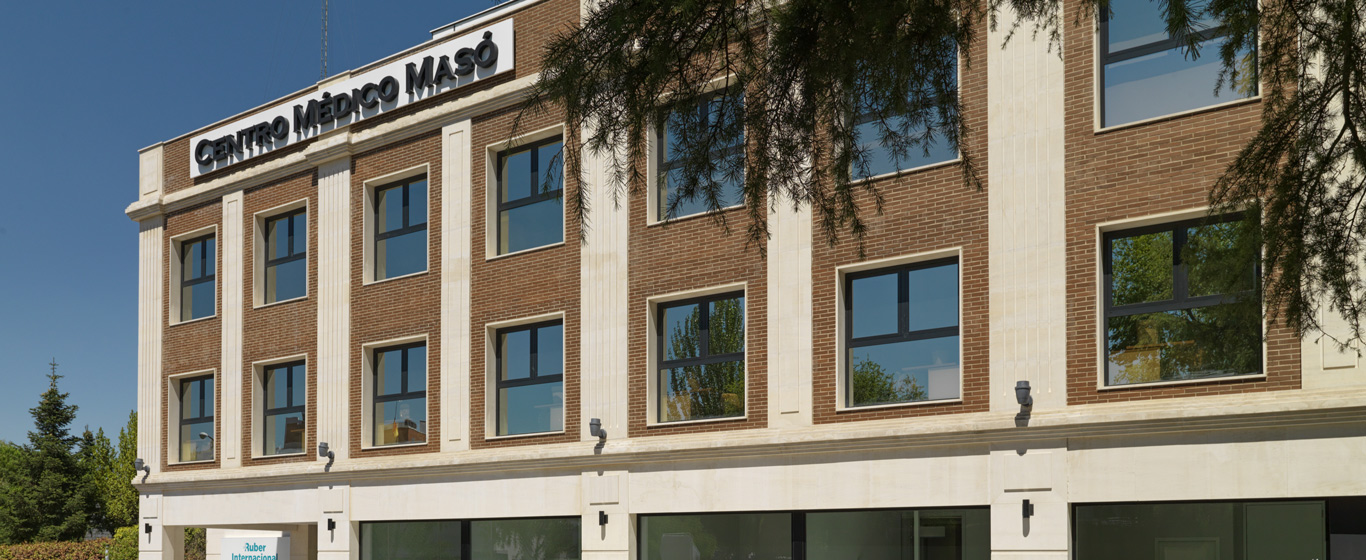Thoracic surgery
Solve your doubts about thoracic surgery, its field of study and the type of surgical procedures that thoracic surgeons carry out. We talk to you about the diseases it treats and the most representative techniques of this speciality. Book your consultation at one of our hospitals.
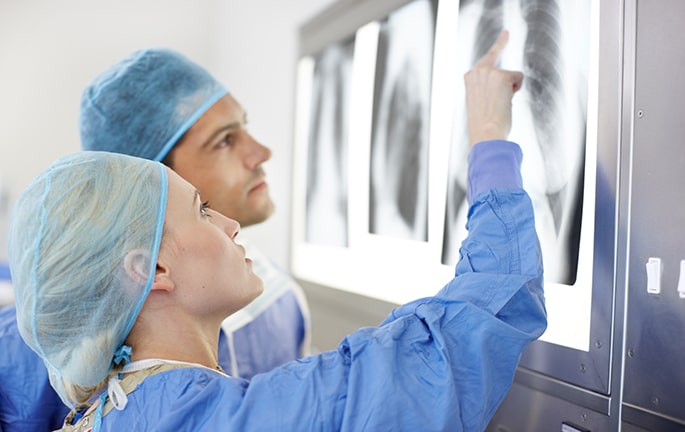
What is thoracic surgery?
Thoracic surgery diagnoses and surgically treats diseases affecting organs in the thorax, except for the heart, blood vessels and spine. It therefore focuses on the lungs, ribs, pleura, oesophagus, trachea, bronchi, diaphragm, thymus, chest wall and mediastinum.
Given its field of action, this speciality works together with oncologists, radiologists, gastroenterologists and pulmonologists to offer the most accurate diagnosis and the most suitable treatment in each case.
What does thoracic surgery study?
Thoracic surgery is very broad, as it encompasses very diverse organs with completely different functions, the pathologies of which must be approached in very different ways. That is why the thoracic surgeons at Quirónsalud specialise in very specific areas:
- Chest wall deformities: surgical correction of Pectus Excavatum.
- Chest wall pathologies: addresses the removal of tumours, resections of pulmonary metastases, excisions of neoplasms in the thymus, or the repair of congenital diaphragm malformations.
- Pleural pathology: surgical repair of pathologies such as pneumothorax, haemothorax or pleural effusion.
- Sympathetic system pathologies: corrects palmar and axillary hyperhidrosis with minimally invasive surgery.
- Oncology surgery: mainly focused on lung cancer, one of the most common cancers among the population.
These specialists focus on the study of minimally invasive robotic surgery in order to provide the best possible treatment and facilitate recovery. Thus, they acquire the necessary skills to be precise while minimising patient discomfort, as they only make small incisions.
Which patients is it for?
Thoracic surgery treats patients of any age with chest wall deformities or diseases that alter the proper functioning of the organs located in the thoracic cavity.
Techniques, procedures and diagnostic methods
Surgical techniques have advanced significantly in recent years and complex operations can now be performed with a minimally invasive approach that yields excellent results while also facilitating patient recovery and reducing the aesthetic impact. Early detection is crucial in most cases and therefore getting a diagnosis is essential in this speciality.
Some of the most commonly used diagnostic methods include:
- Computed tomography (CT) of the thorax or lung: enables precise imaging of internal organs using X-rays.
- Mediastinoscopy: this involves inserting a flexible tube with a camera on the end through an incision above the breastbone to look inside the chest and, when necessary, obtain a tissue sample (usually from the lymph nodes).
Some of the most commonly performed surgical techniques in thoracic surgery are:
- Lobectomy: surgery to remove a lobe of the lung due to the presence of a tumour or lesion.
- Pneumonectomy: an operation to remove an entire lung.
Diseases and symptoms
Main pathologies and diseases
Some of the diseases most commonly treated in this speciality include:
- Lung cancer
- Pneumothorax
- Hyperhidrosis
- Pleural effusion
- Pulmonary empyema
- Mesothelioma
- Pulmonary metastases
- Tumours in the mediastinum
- Pleural effusion/ Pulmonary effusion
Related symptoms
The most common symptoms in a consultation are:
About the thoracic surgery consultation
We solve any doubts you may have before you see the specialist
Patients most often visit a thoracic surgeon after another specialist has assessed their situation and considered a surgical approach to be necessary. Generally, consultations are taken by people with displaced rib fractures, suspicion of airway or diaphragm rupture, cancer diagnosis, or the need to assess the suitability for surgical treatment of certain pathologies, such as hyperhidrosis or hypertrophic callus.
What should you keep in mind?
During the first consultation, the surgeon, in addition to completing the history and asking pertinent questions (anamnesis), will carry out a physical examination and request any complementary tests that may be necessary to make a diagnosis or explore the problem more in-depth.
What should I take to the appointment?
You are advised to bring the reports of the tests carried out by other specialists, and a list of the symptoms that have manifested themselves and any previous pathologies that you may have had.
You may receive a questionnaire a few days before your appointment asking about your medical history, usual medication and other specific questions that will allow us to anticipate certain aspects of your consultation, helping us to expedite and personalise your care. To do this, we recommend that you download the free Quirónsalud Patient Portal application, which will facilitate communication with your healthcare team.

If you have any further questions, please contact us through the Patient Services telephone number: 900 301 013





